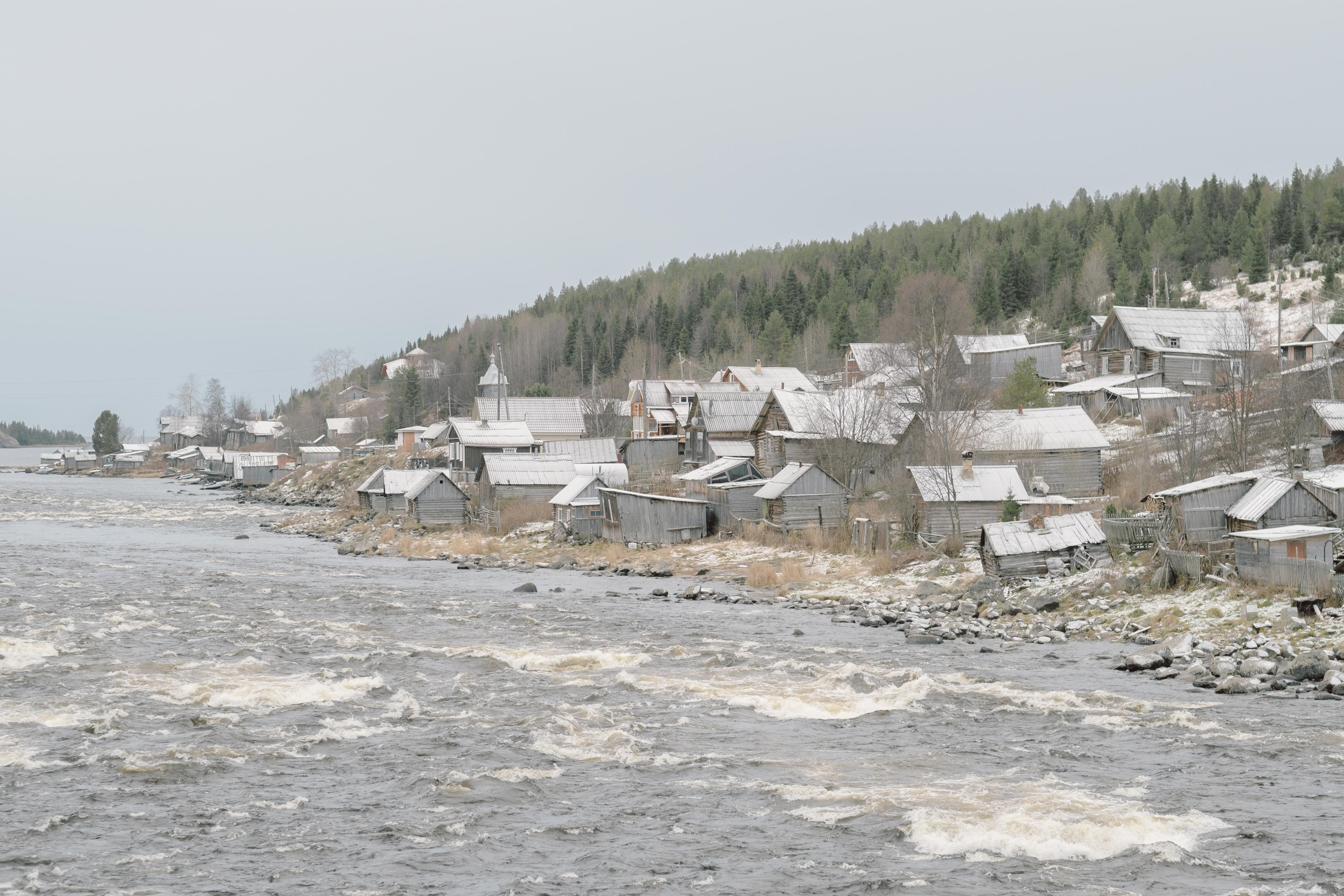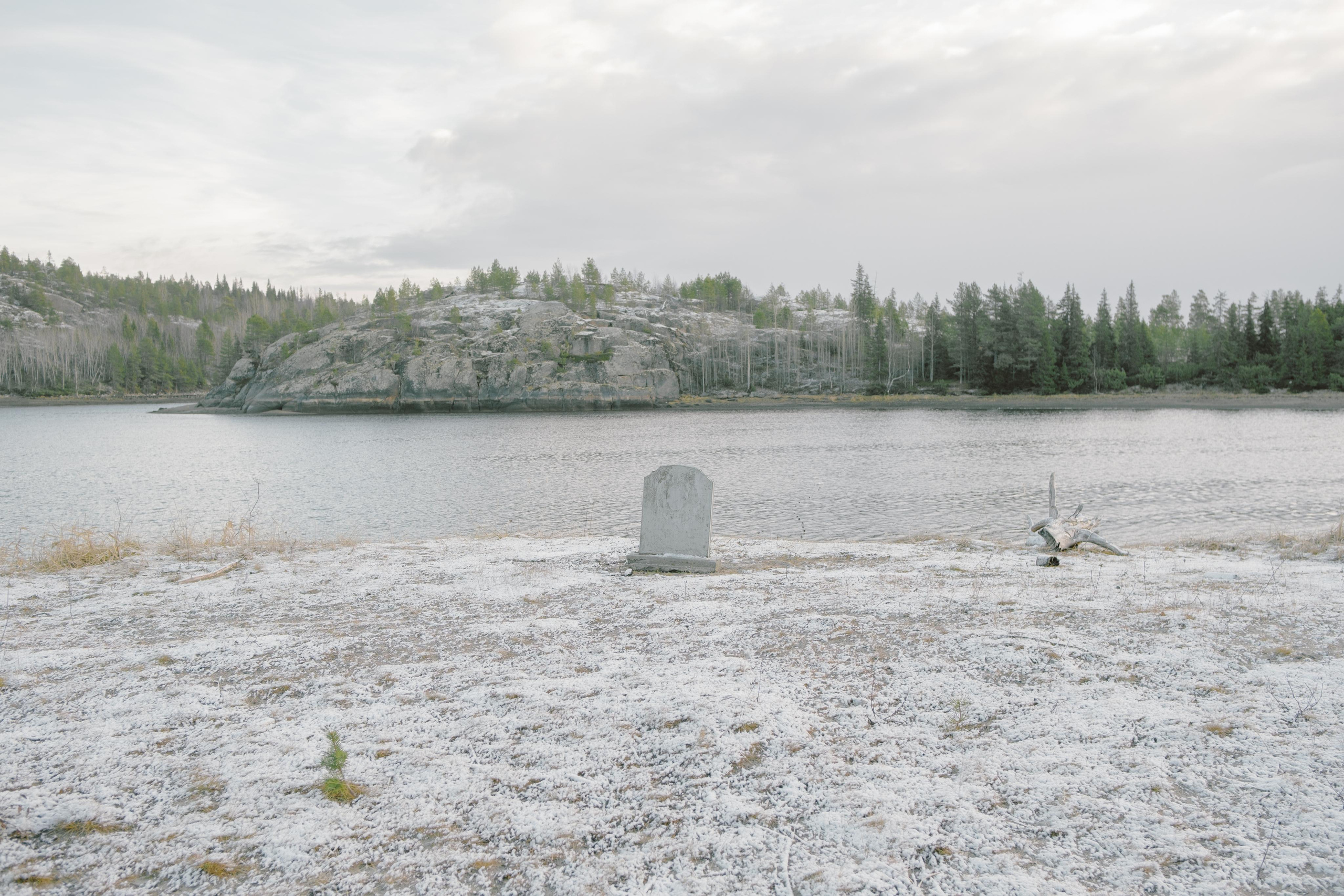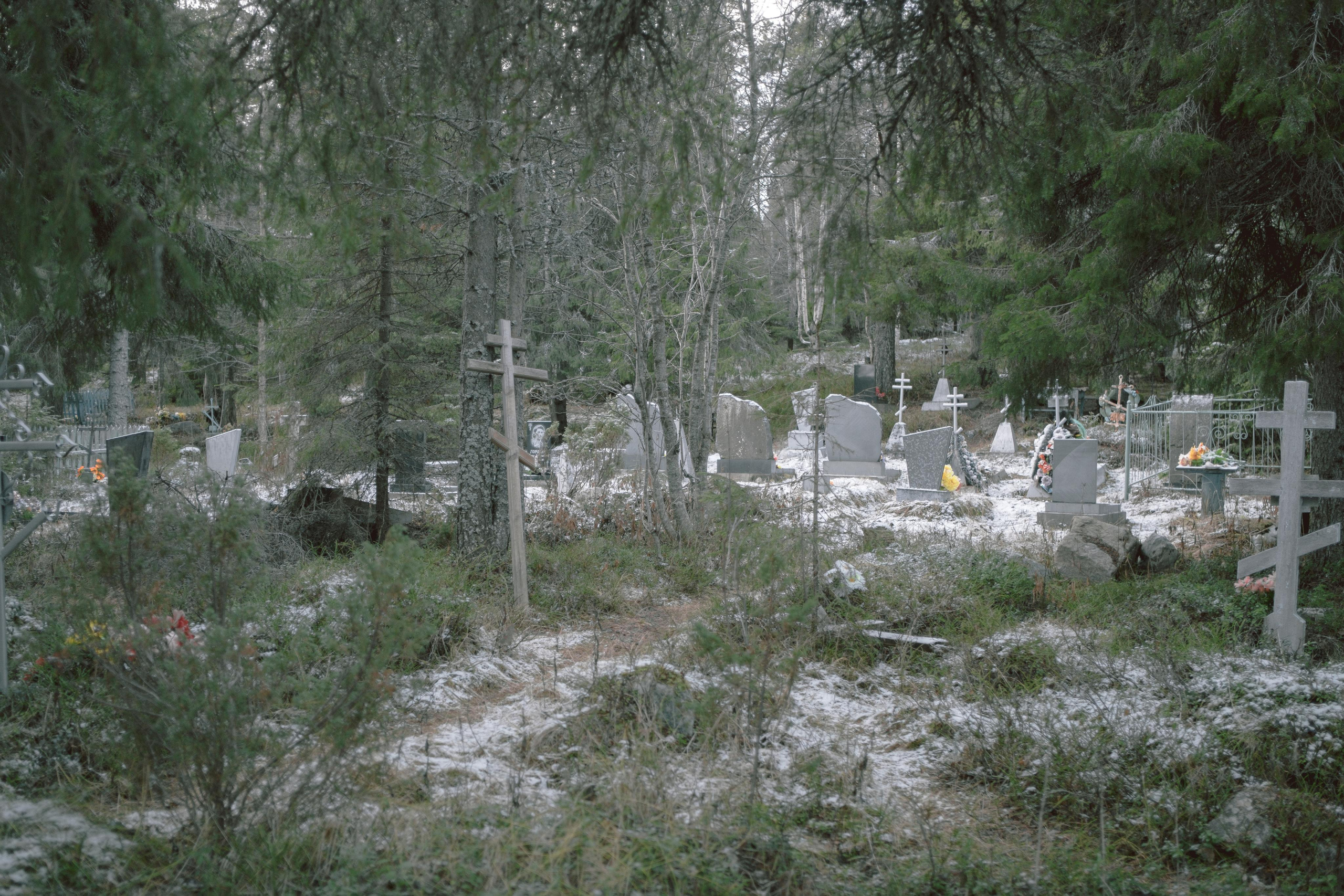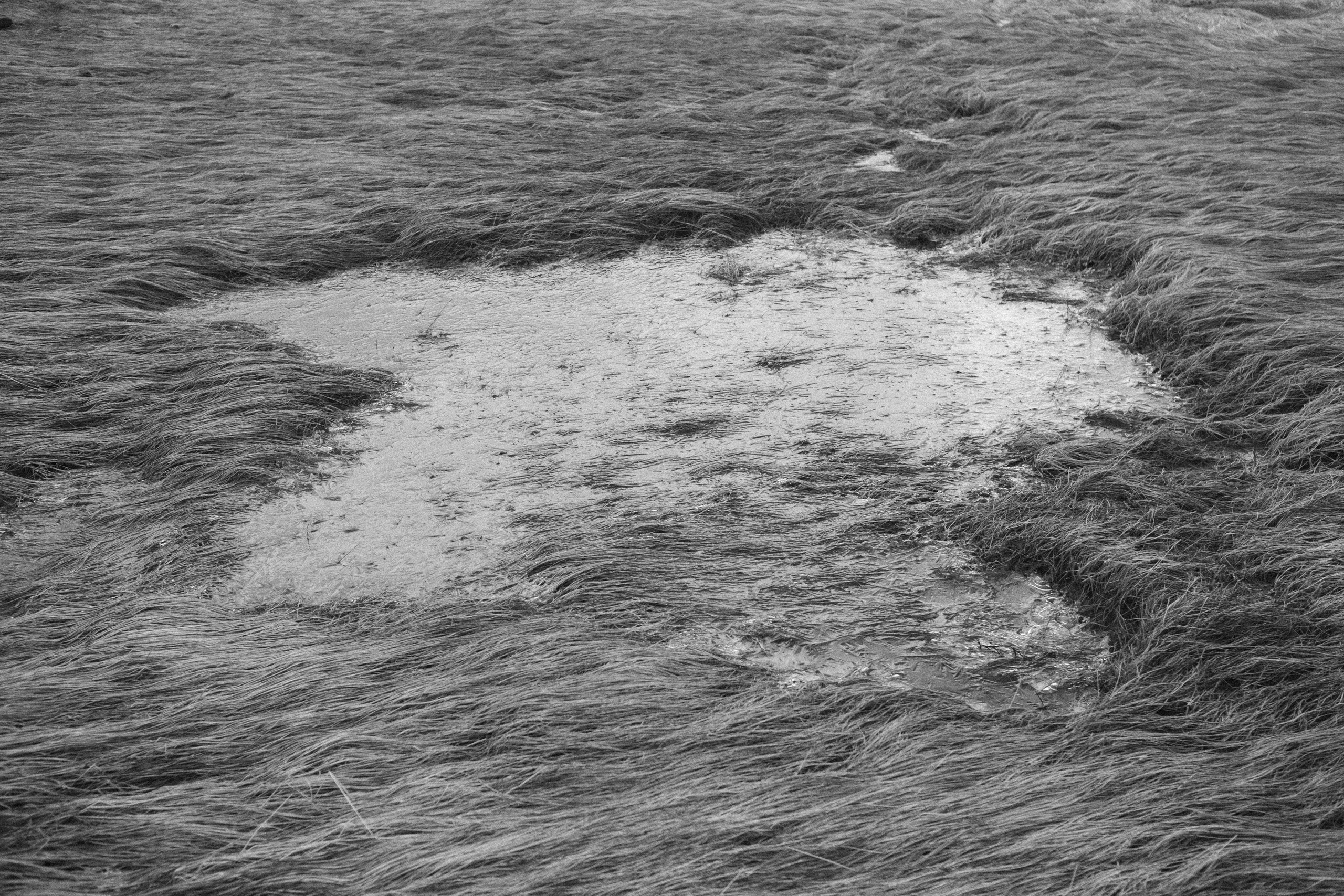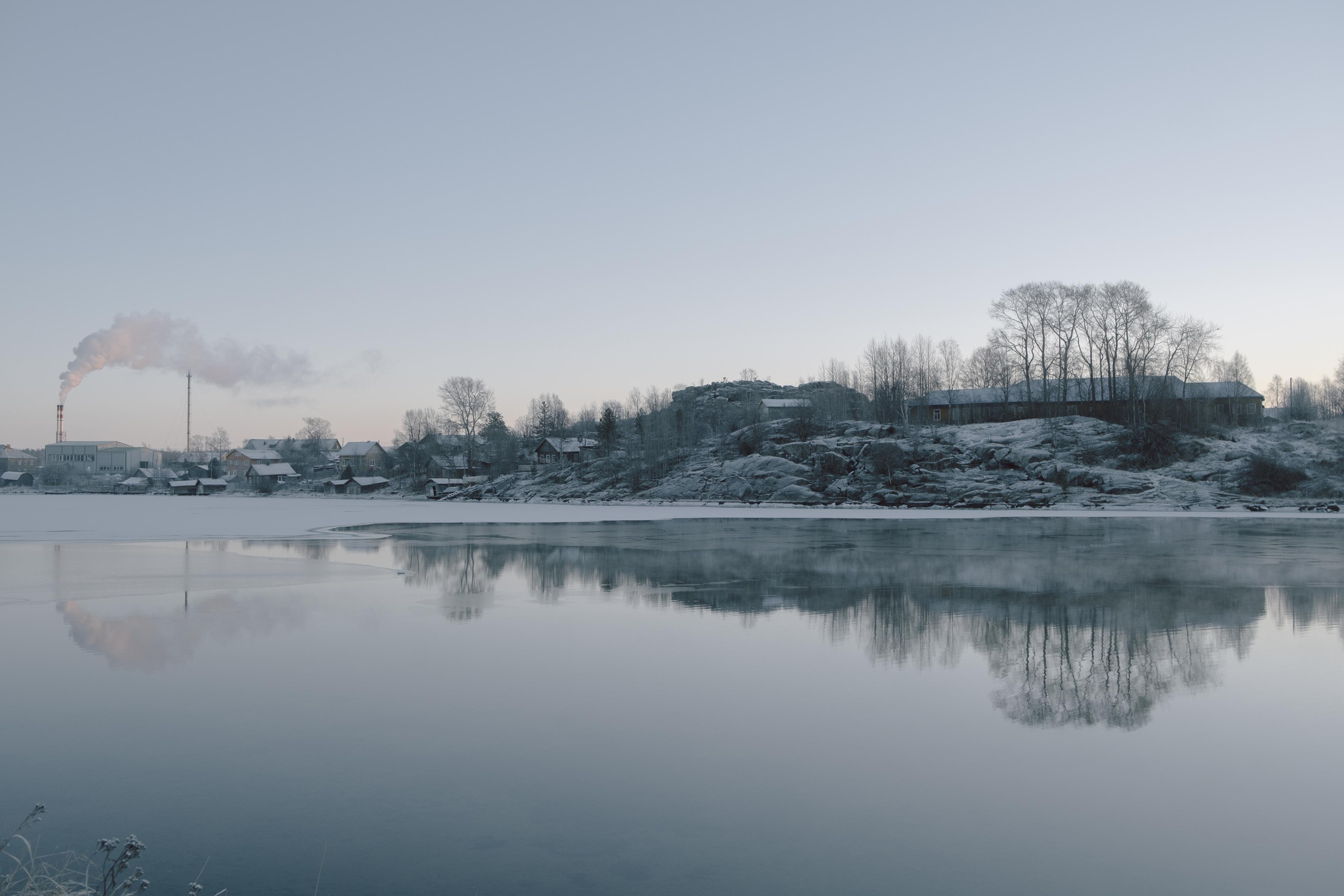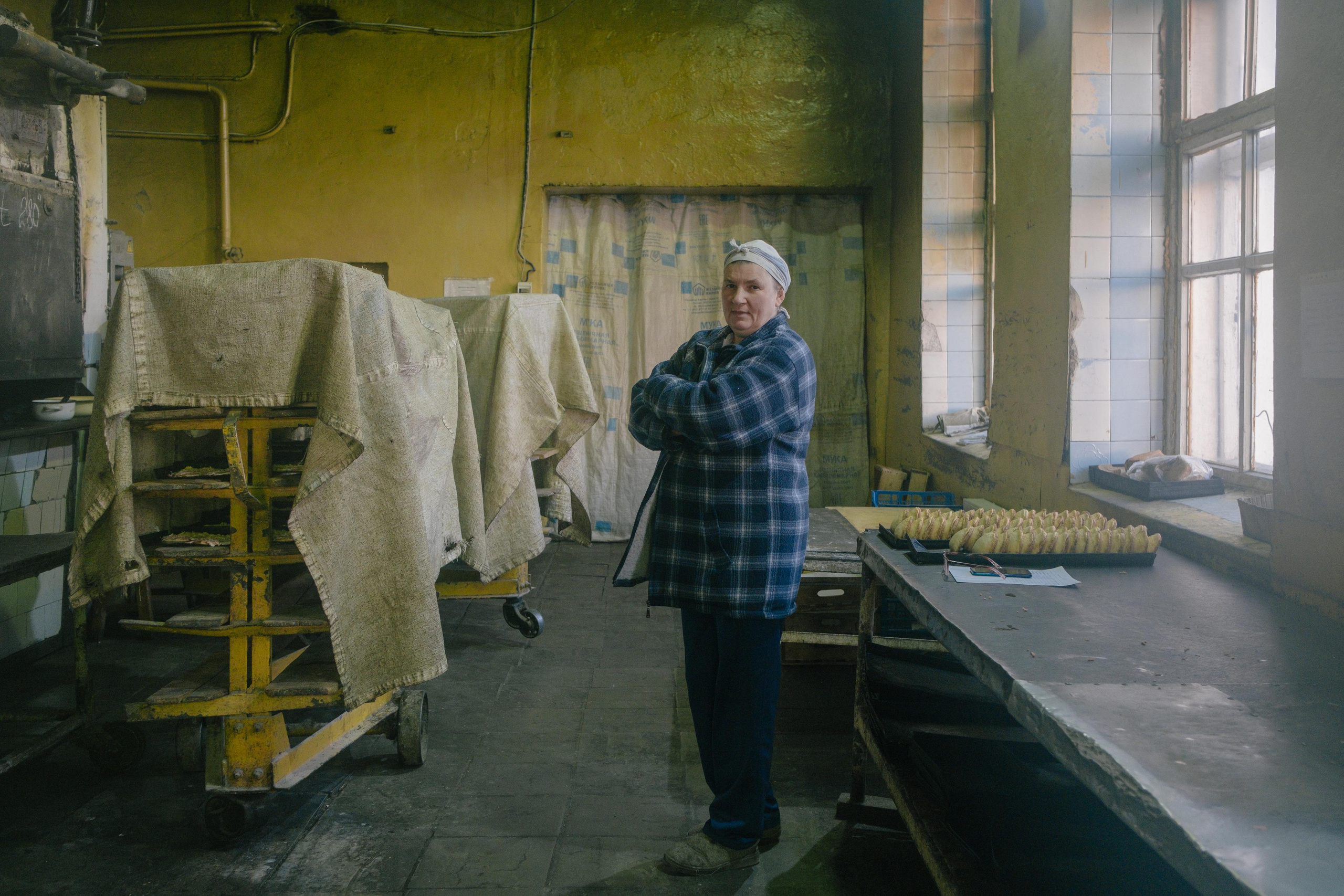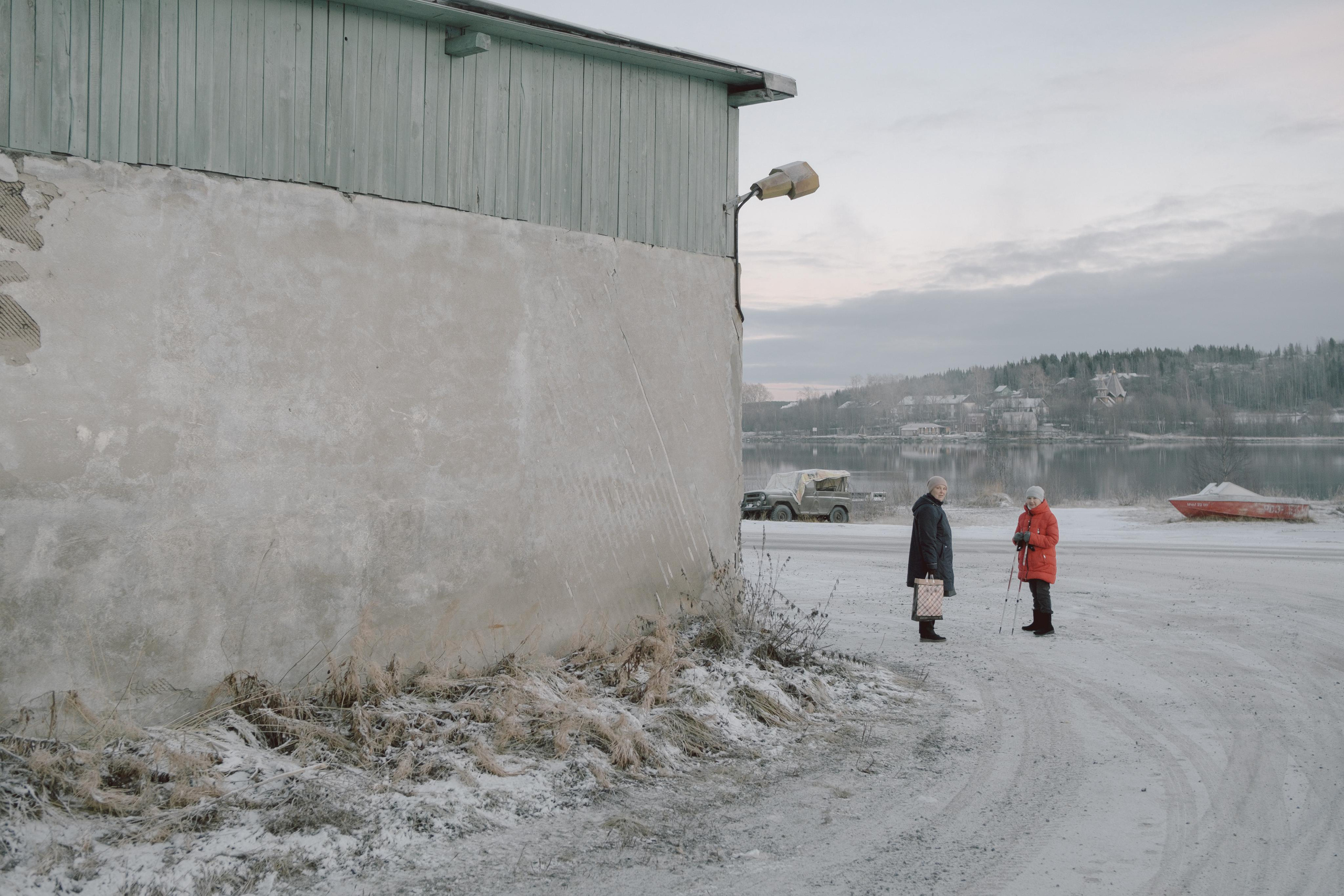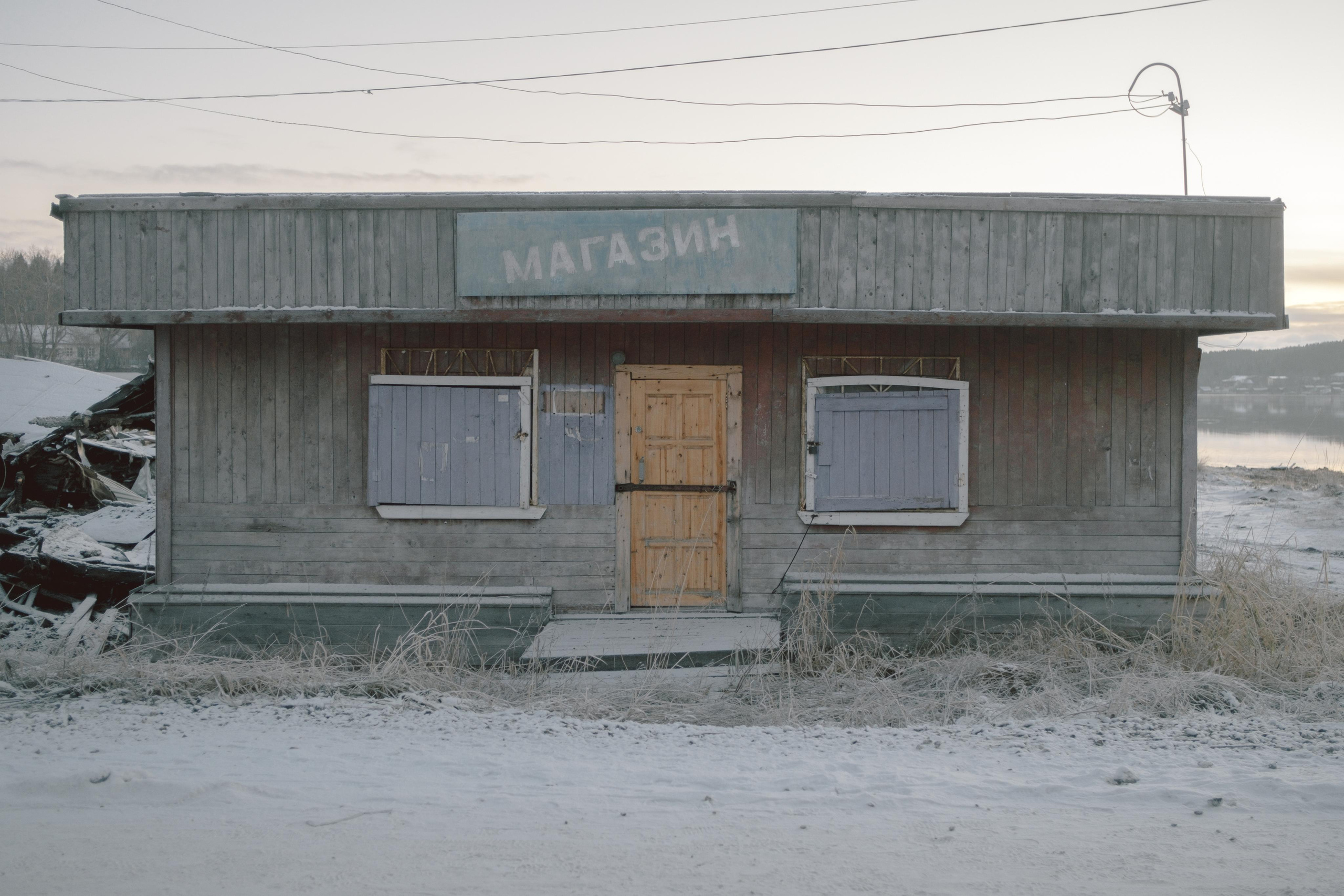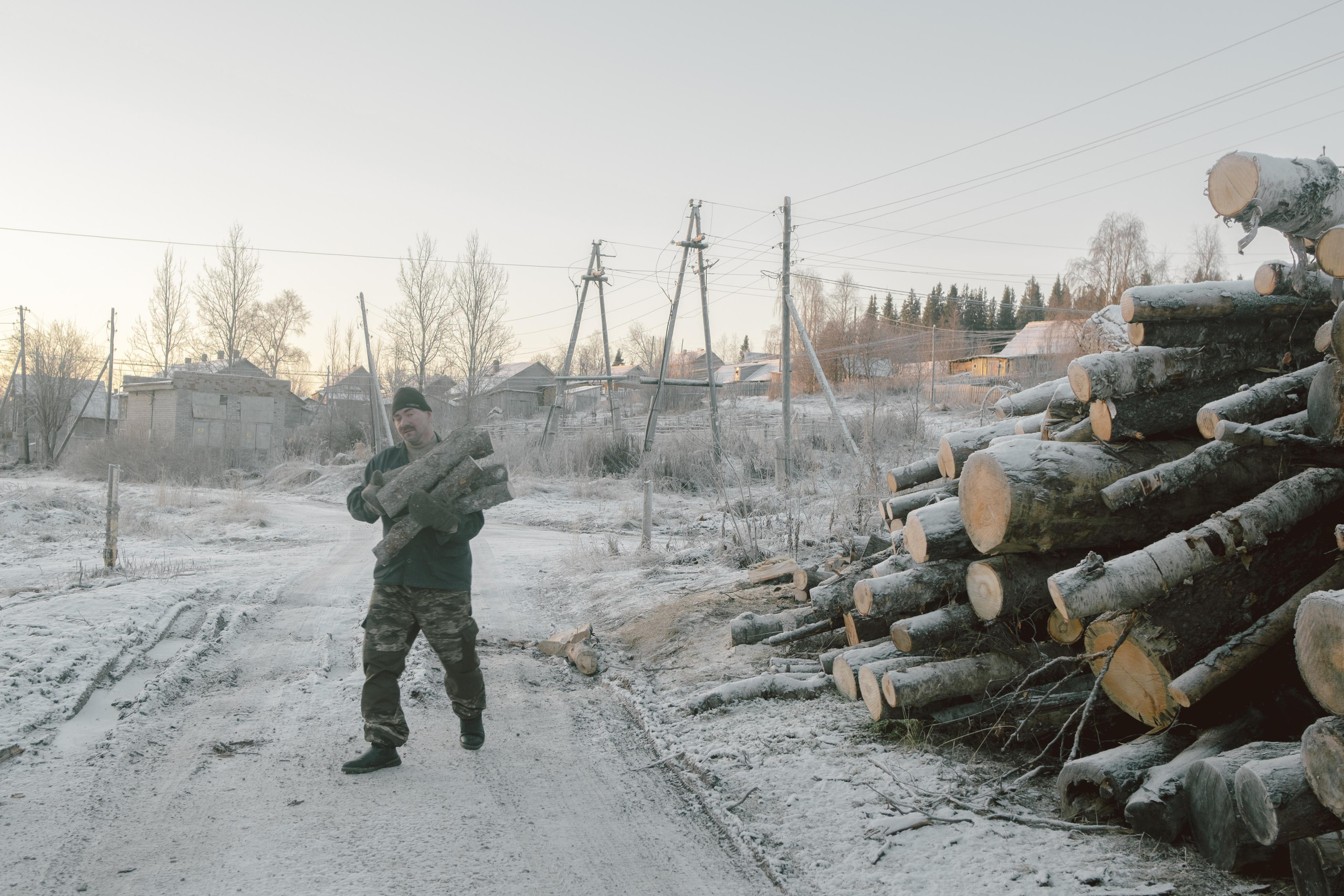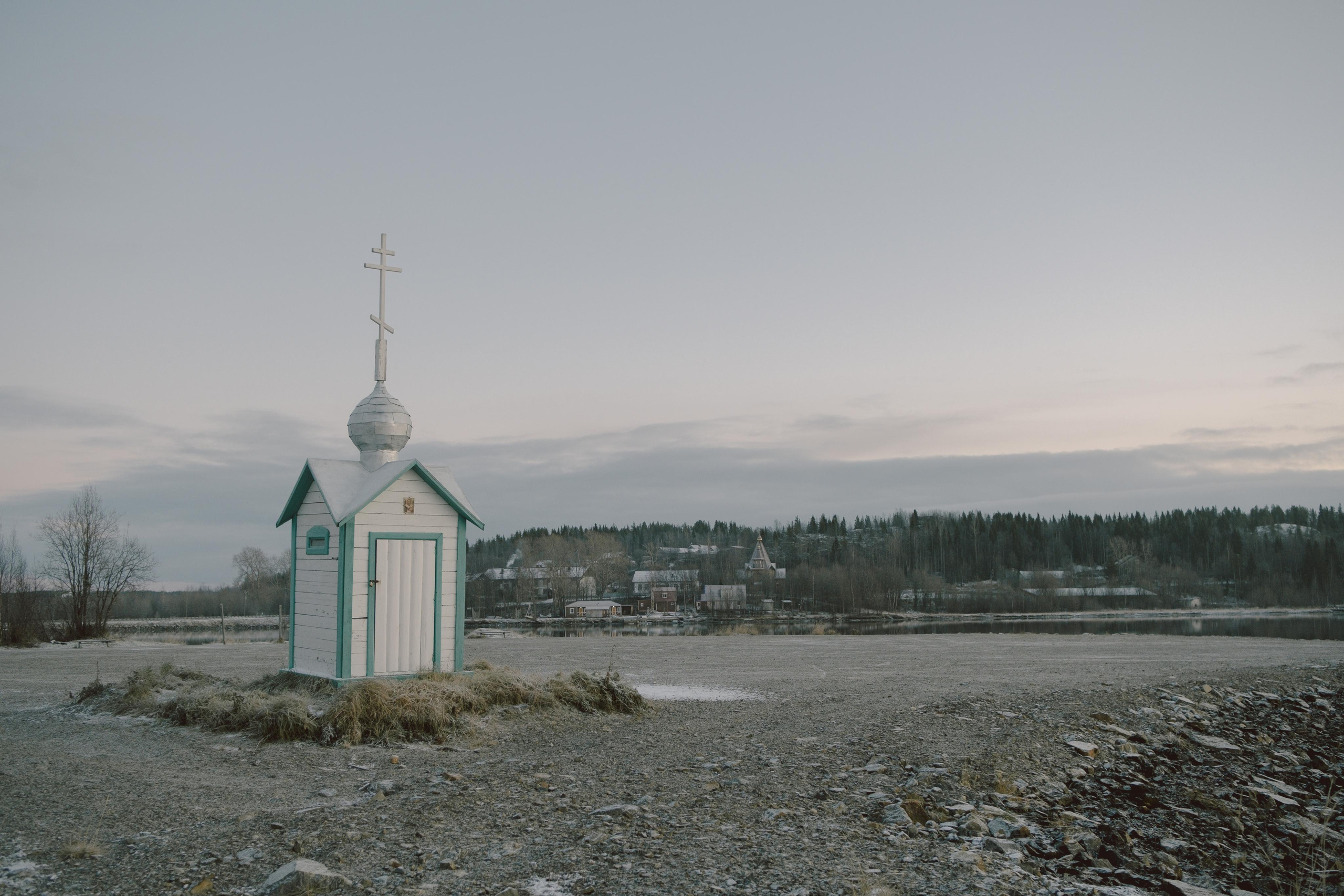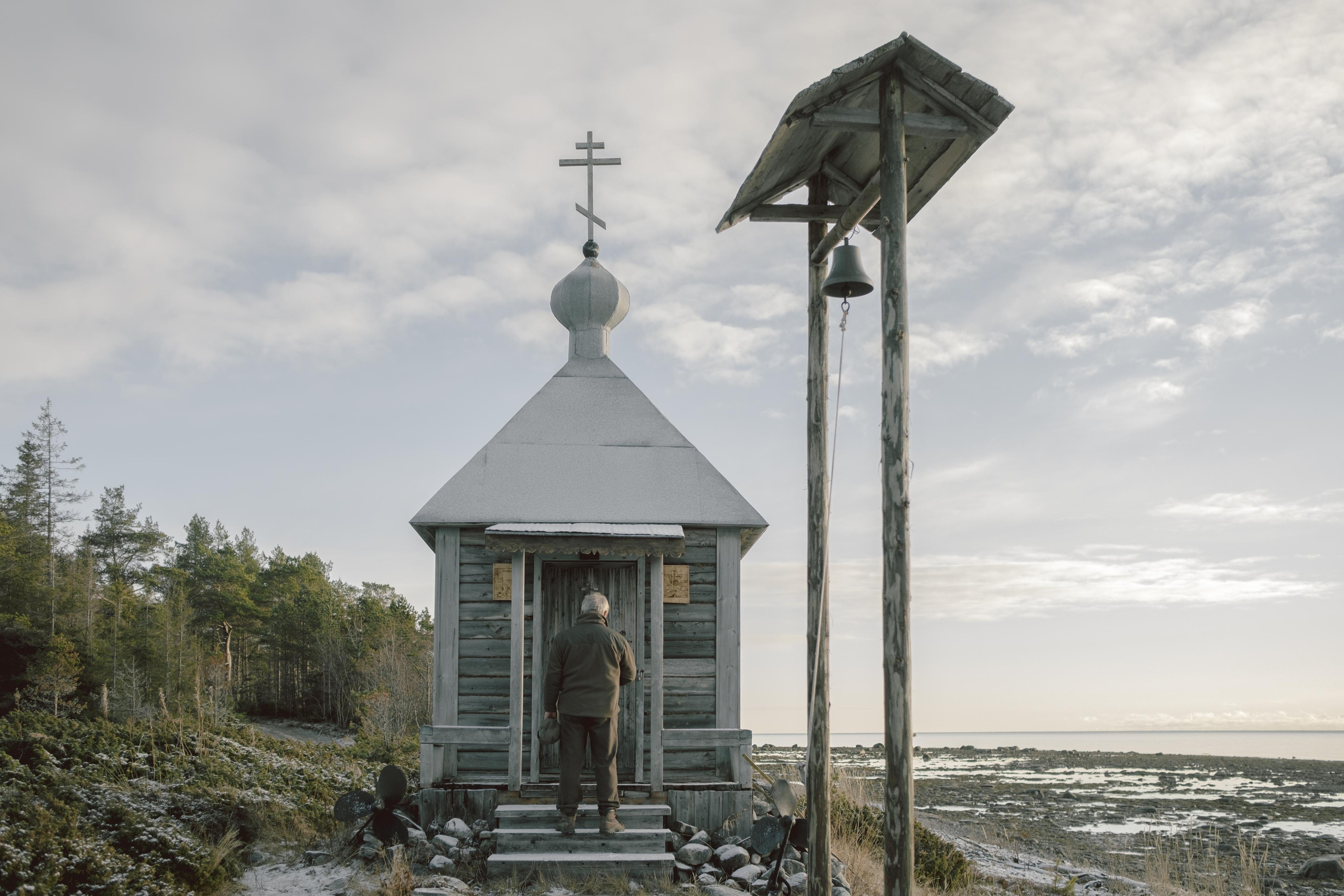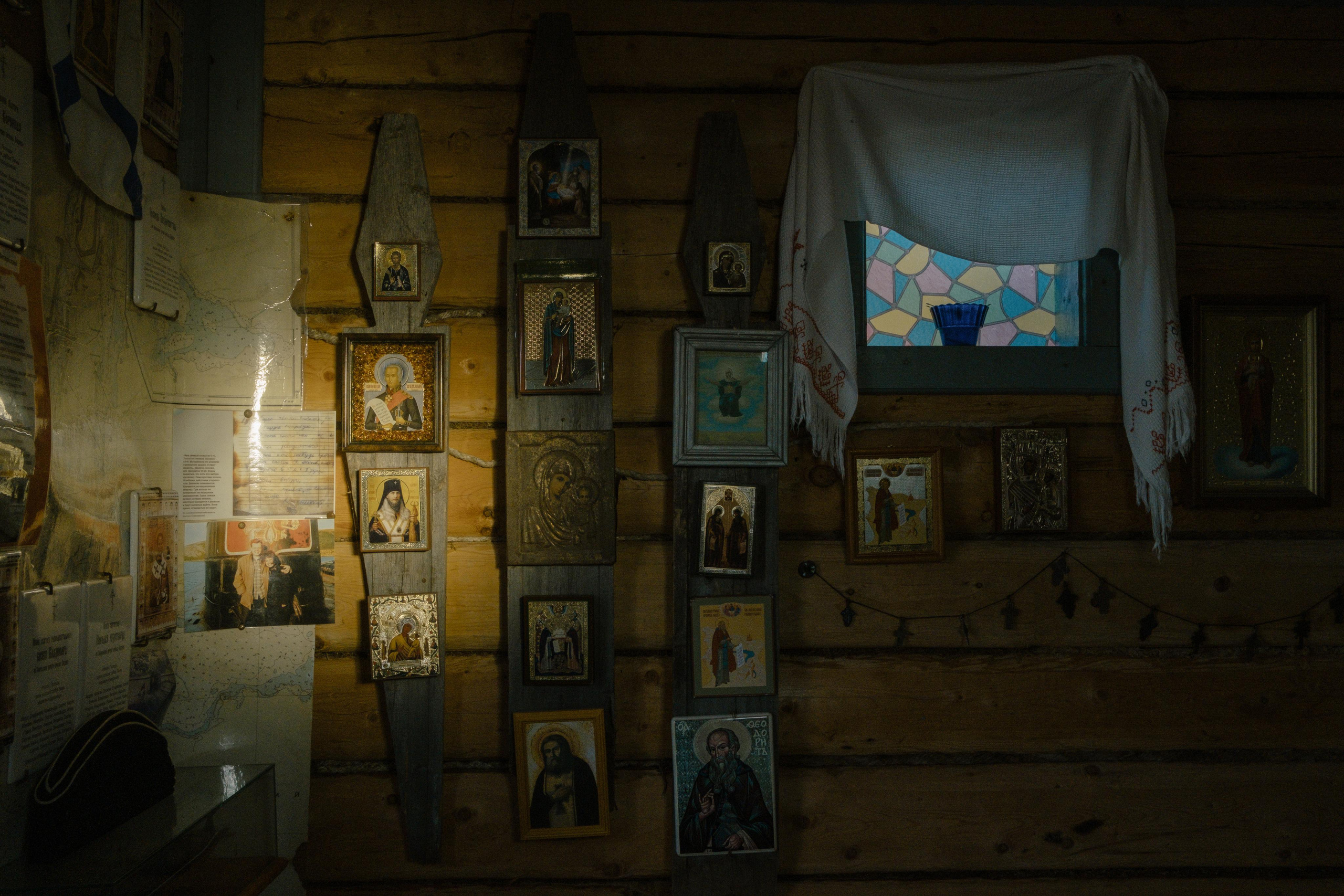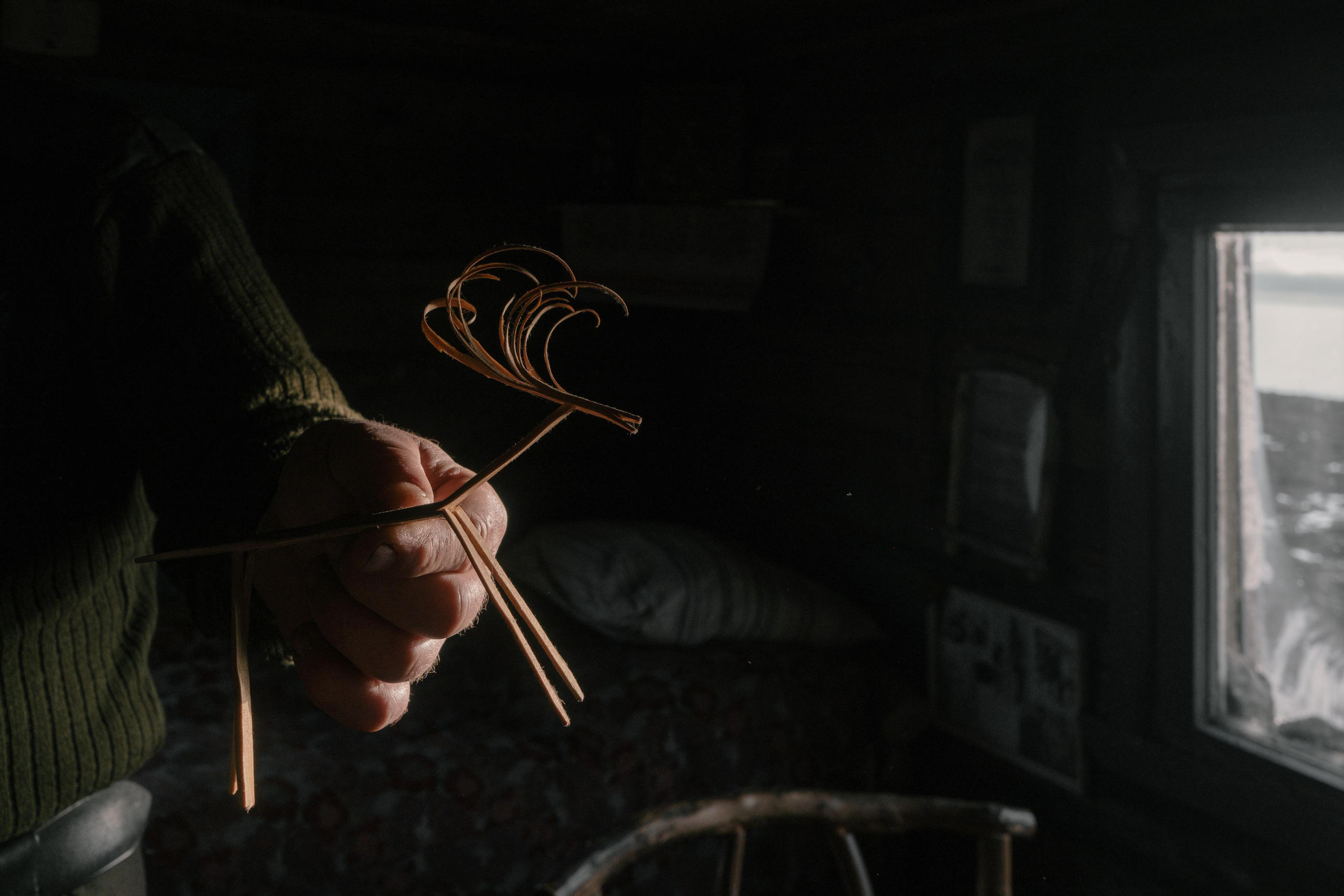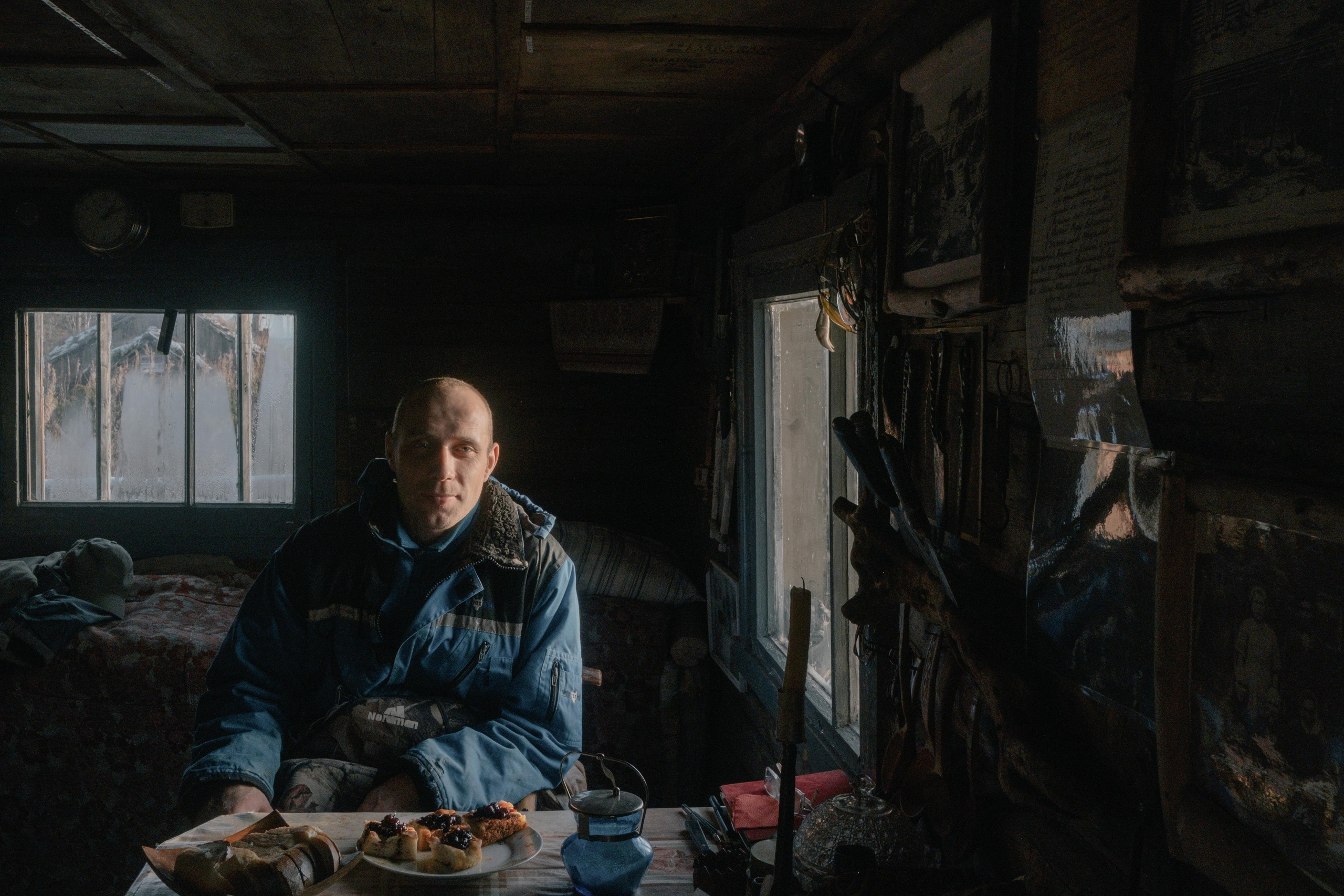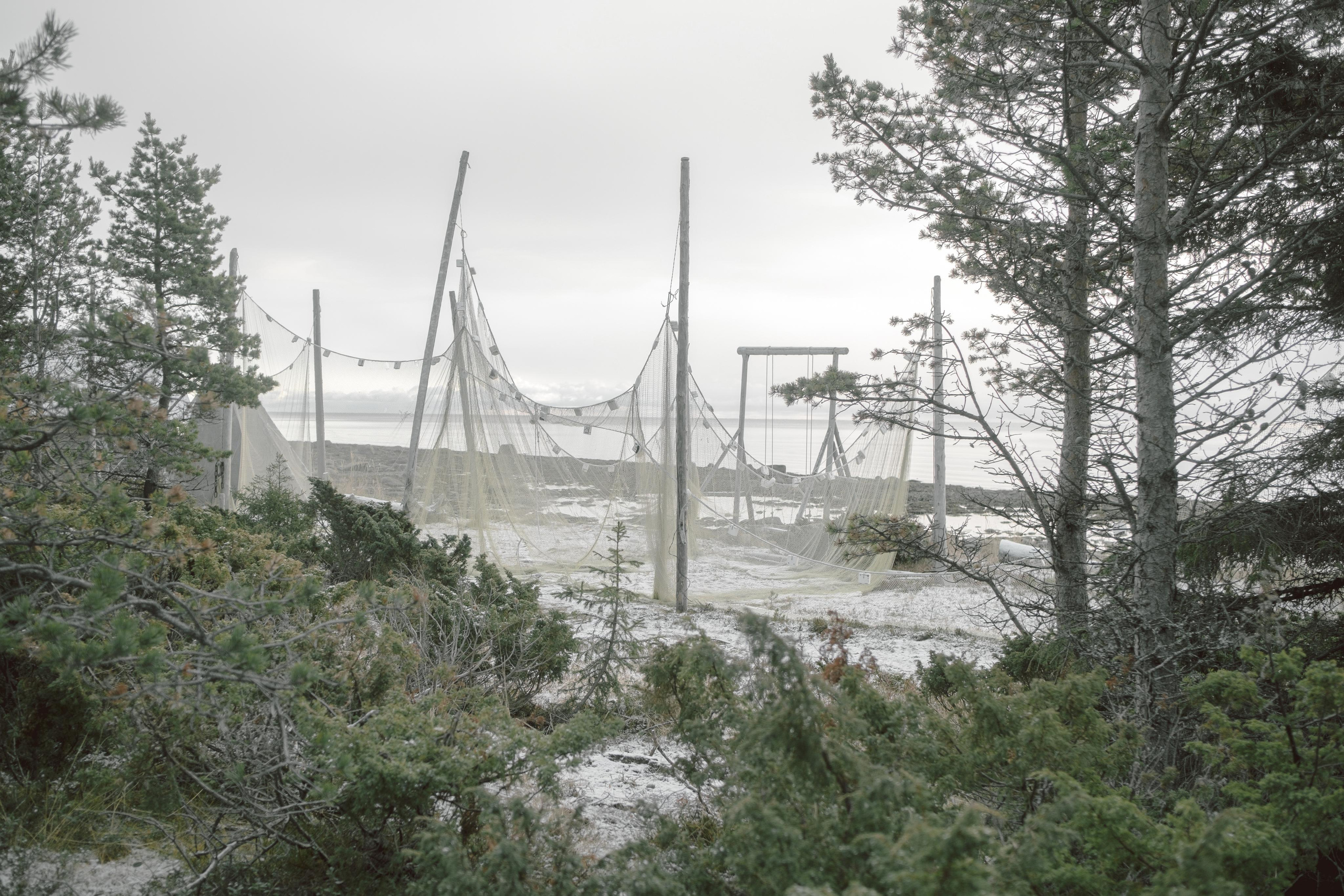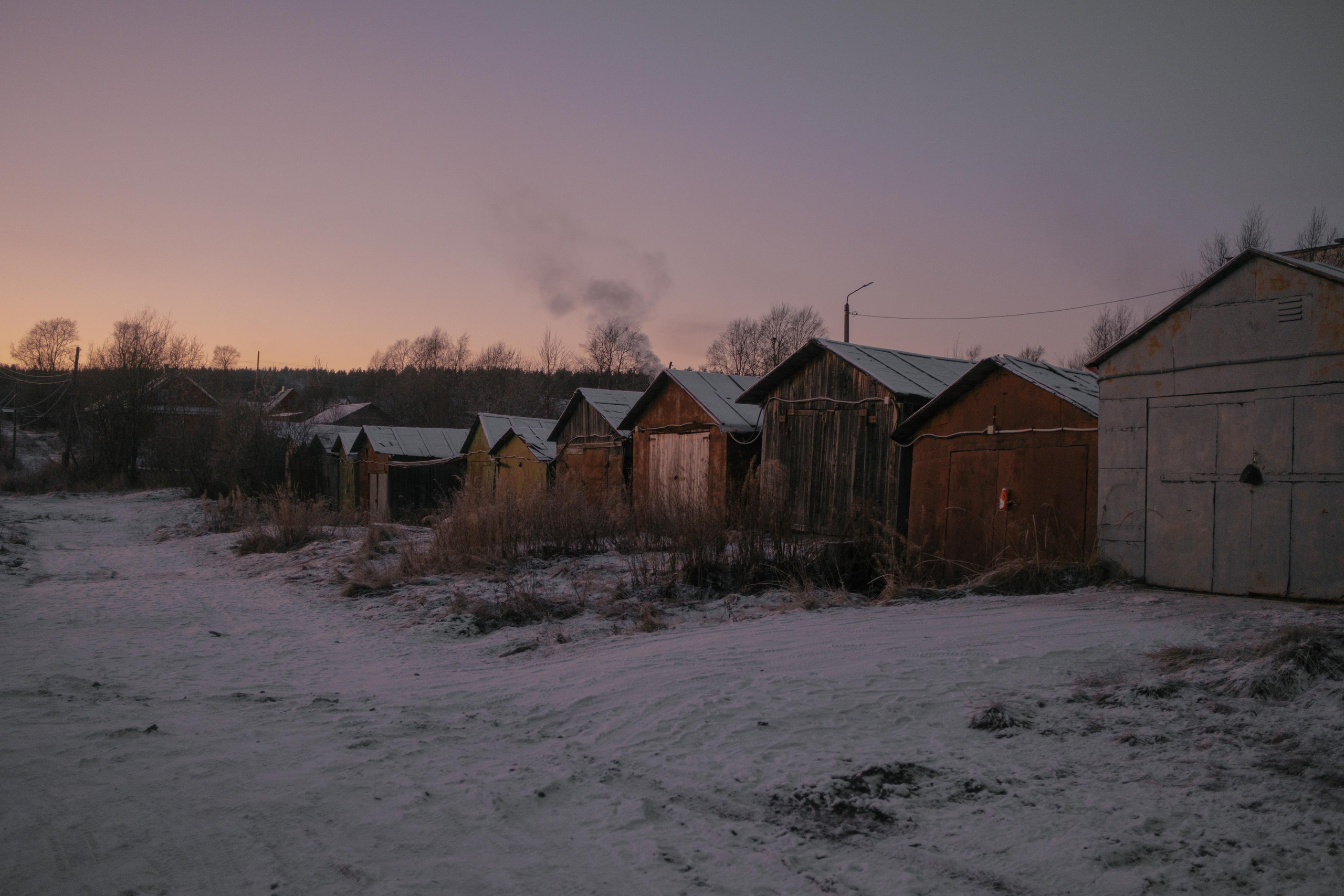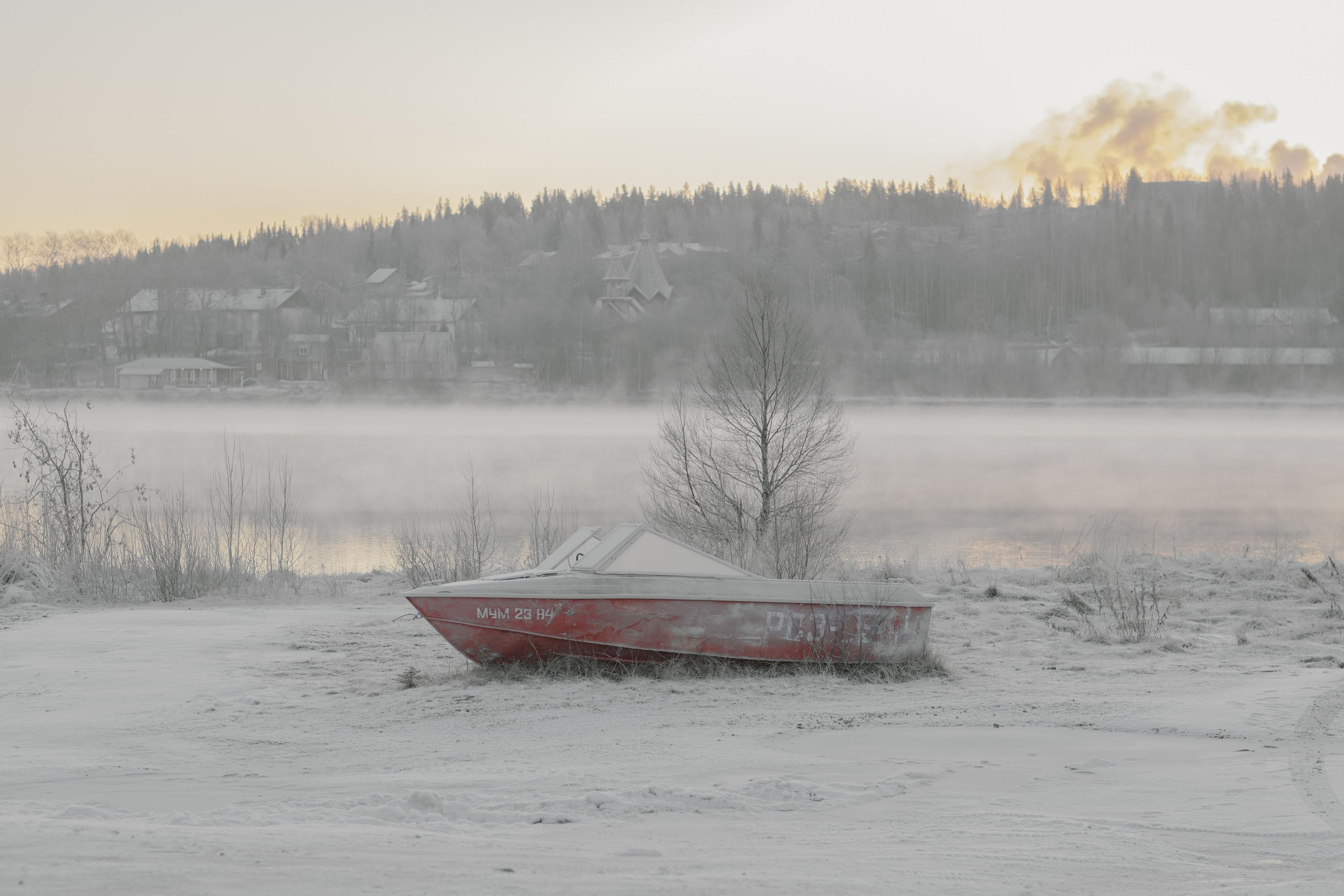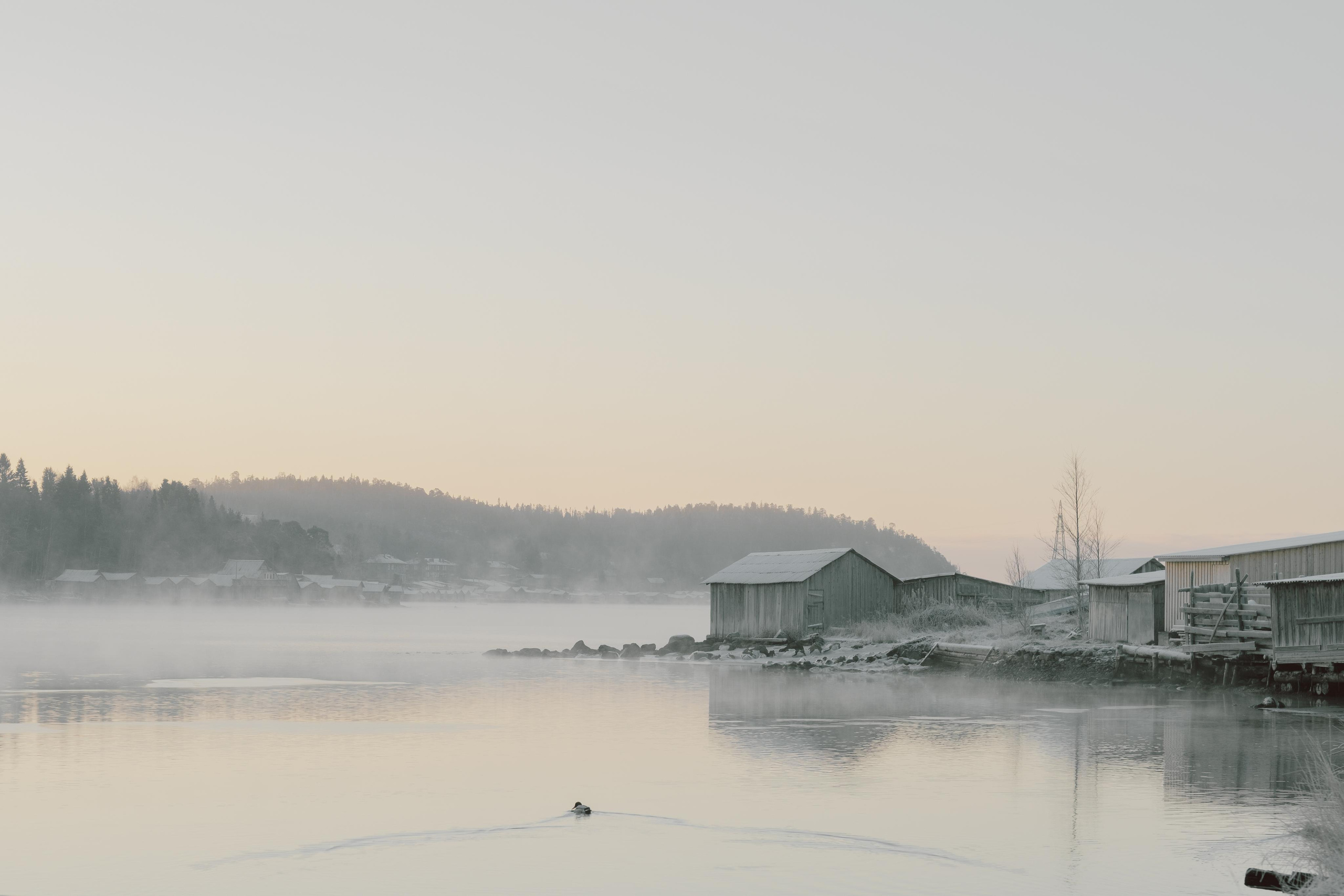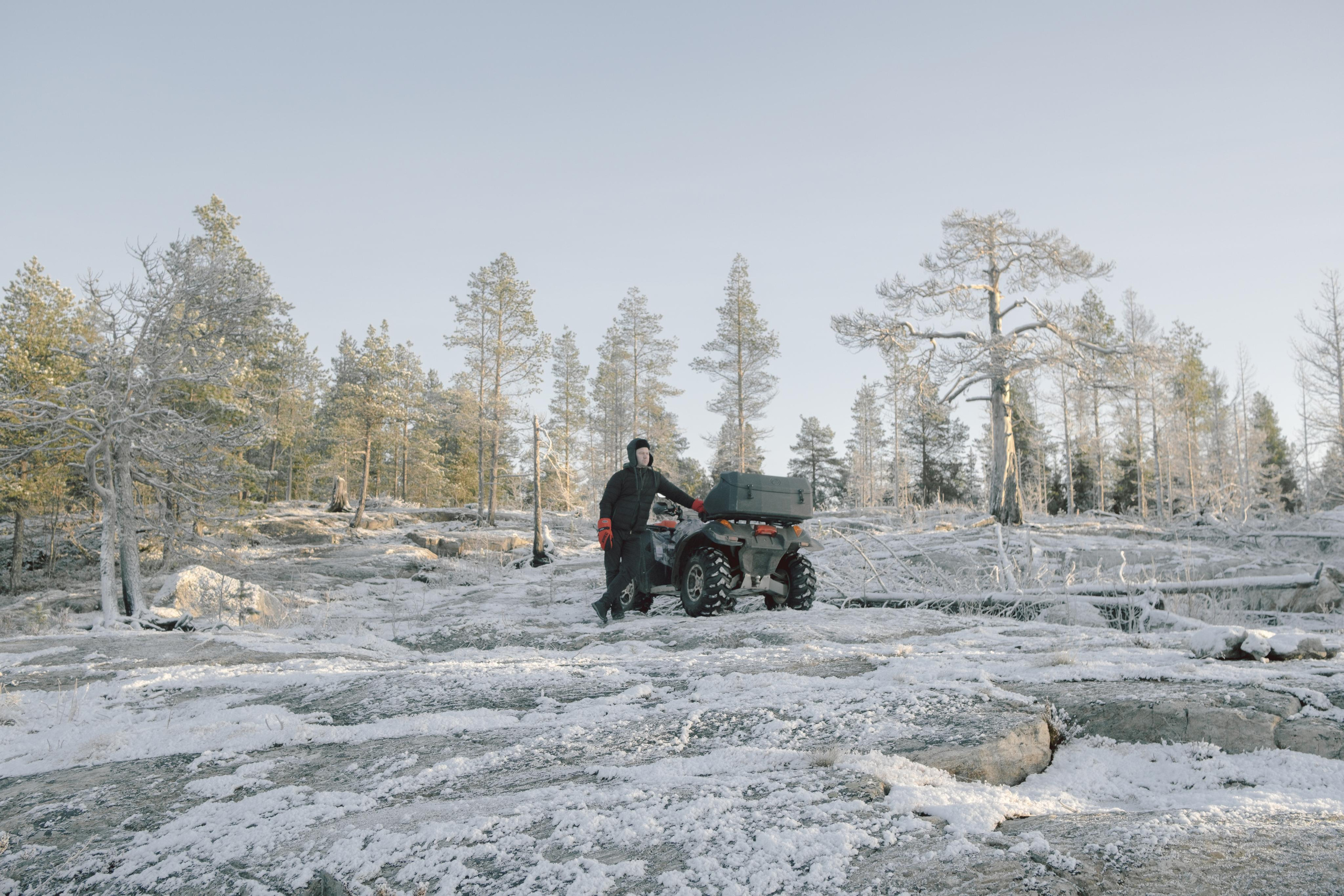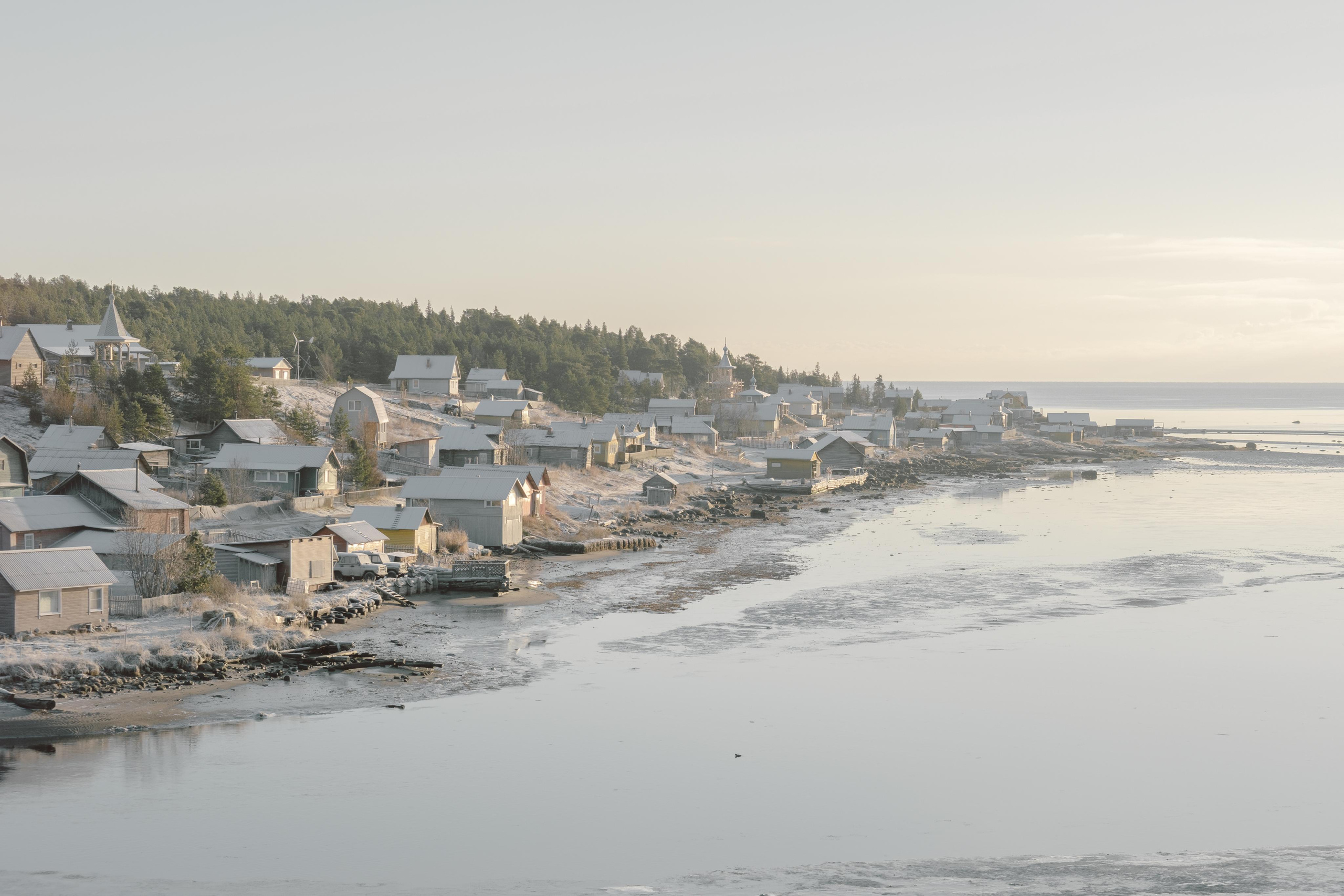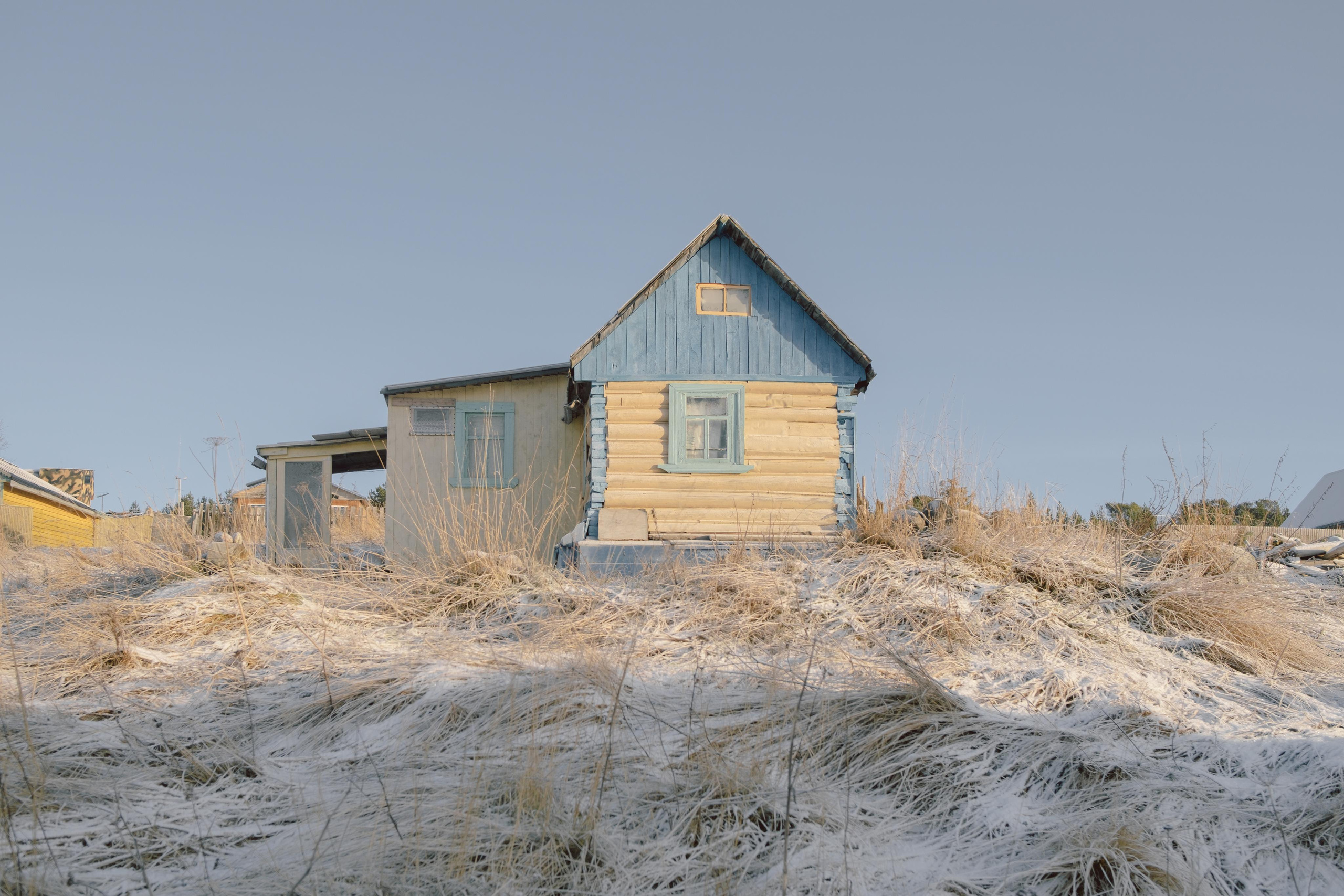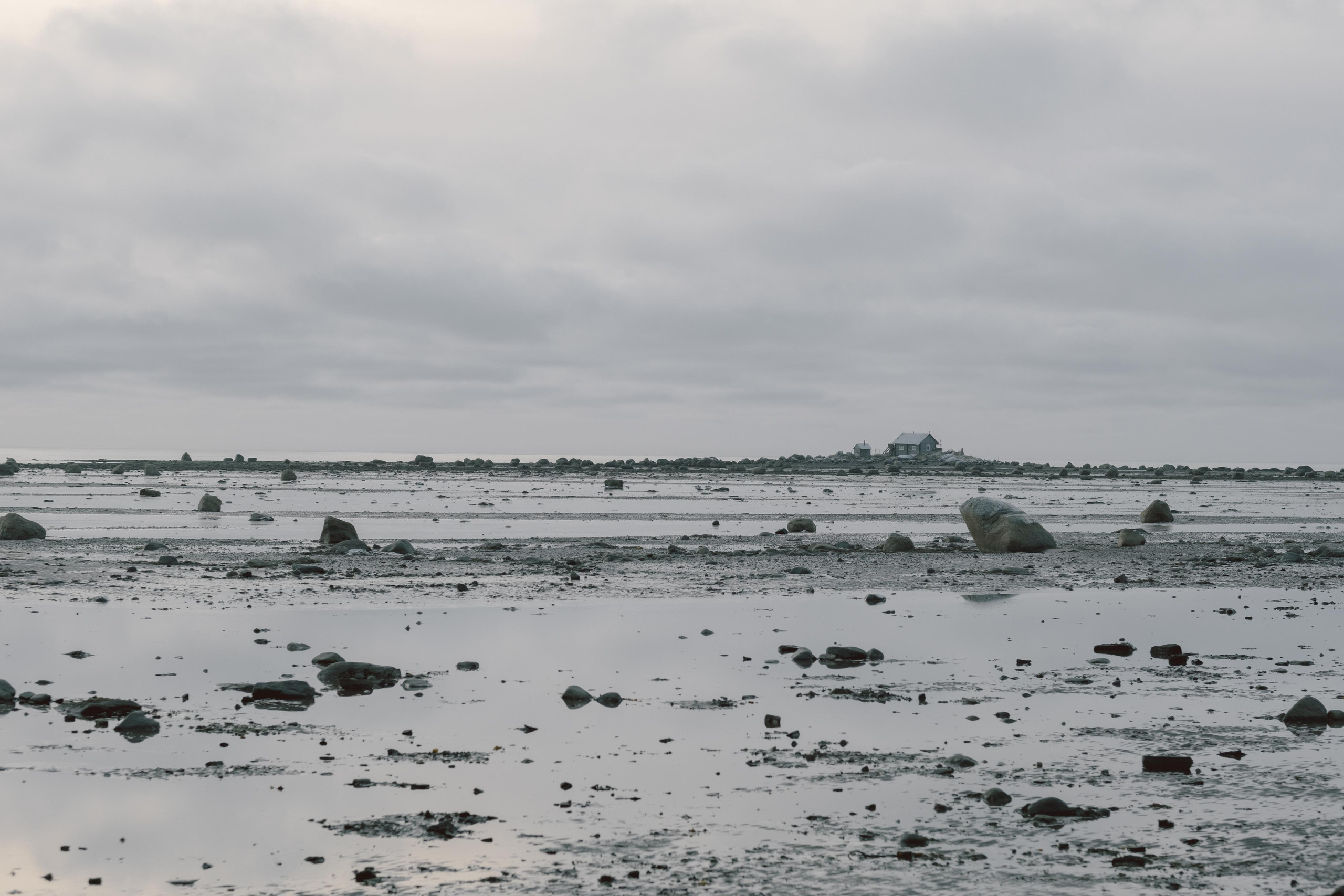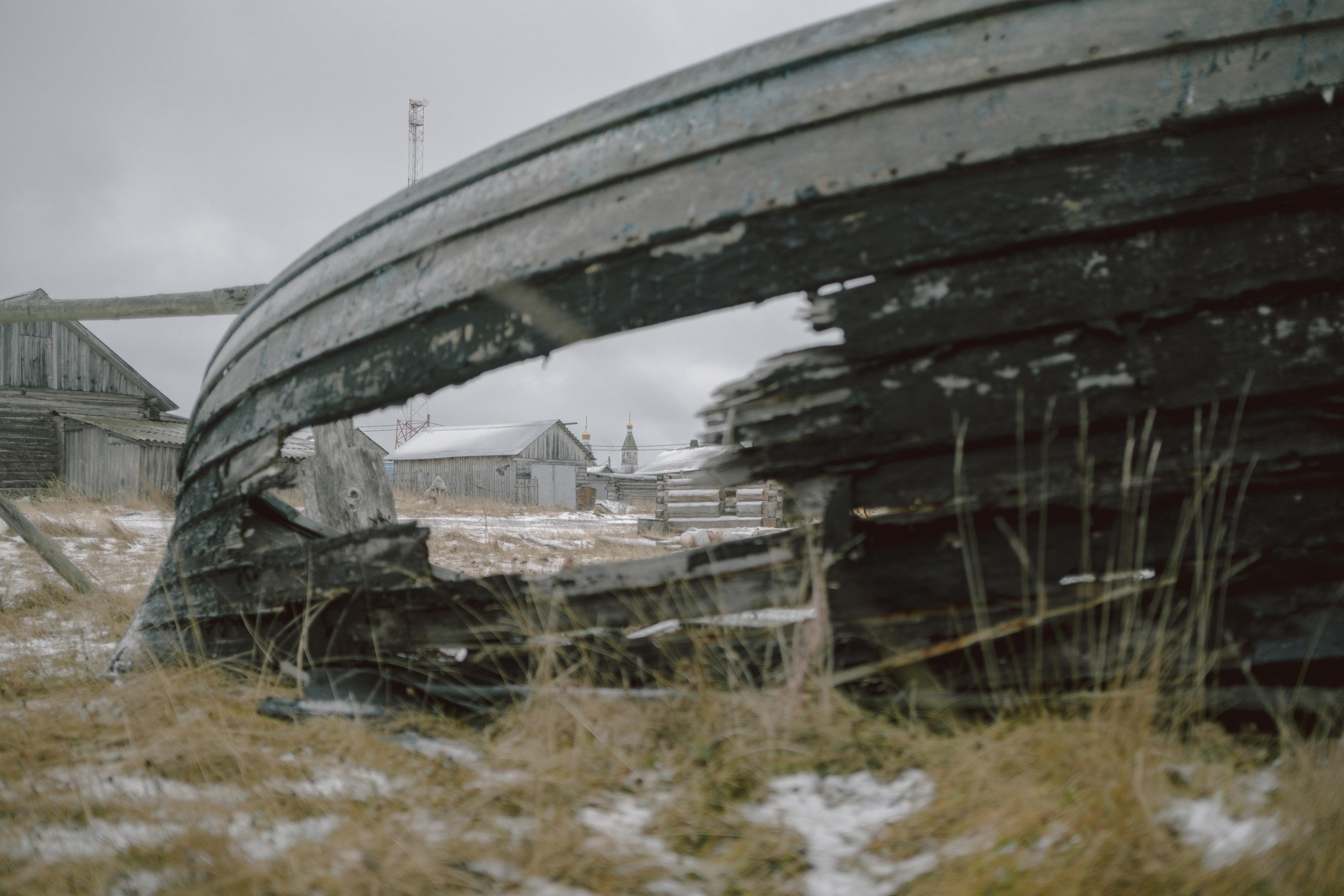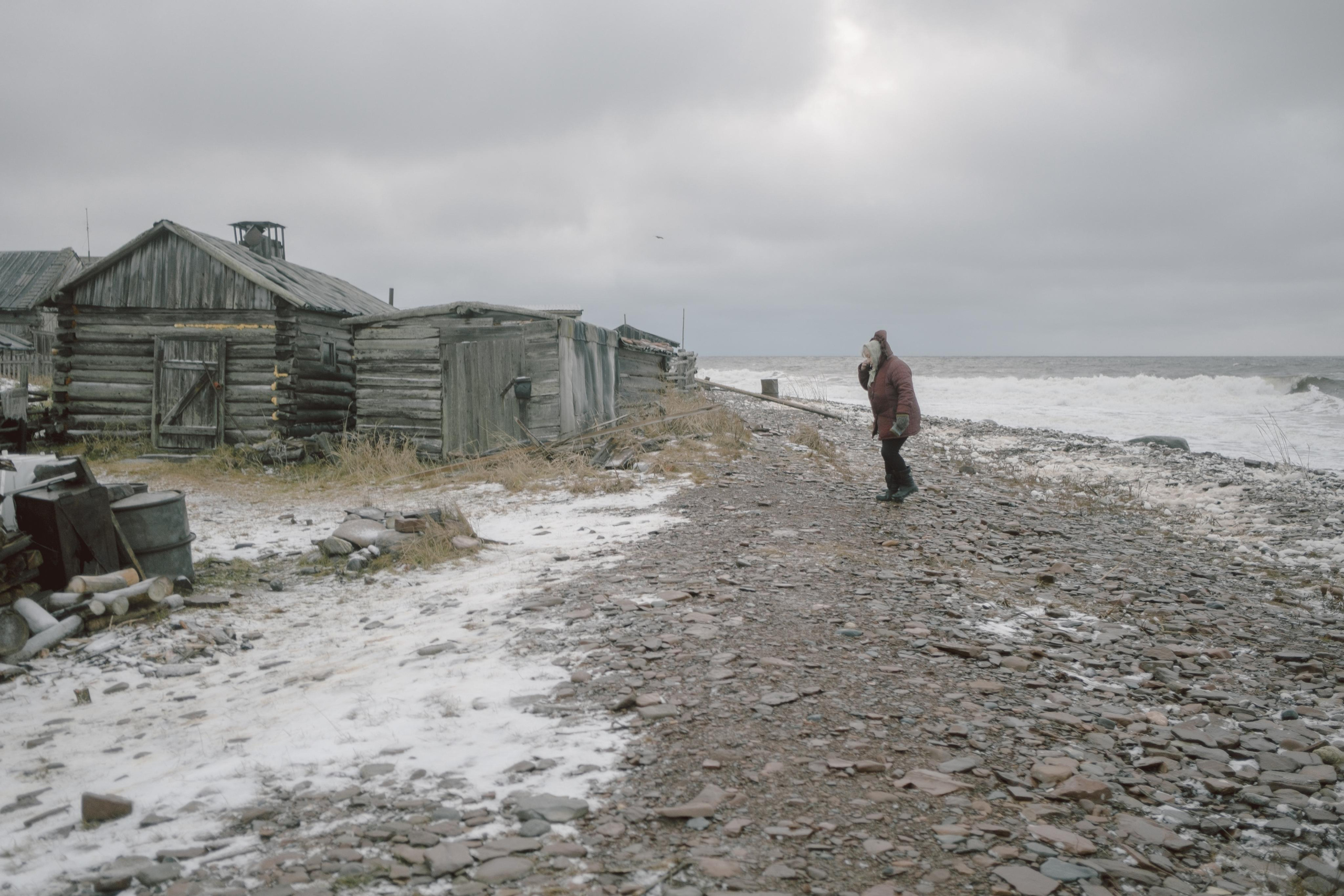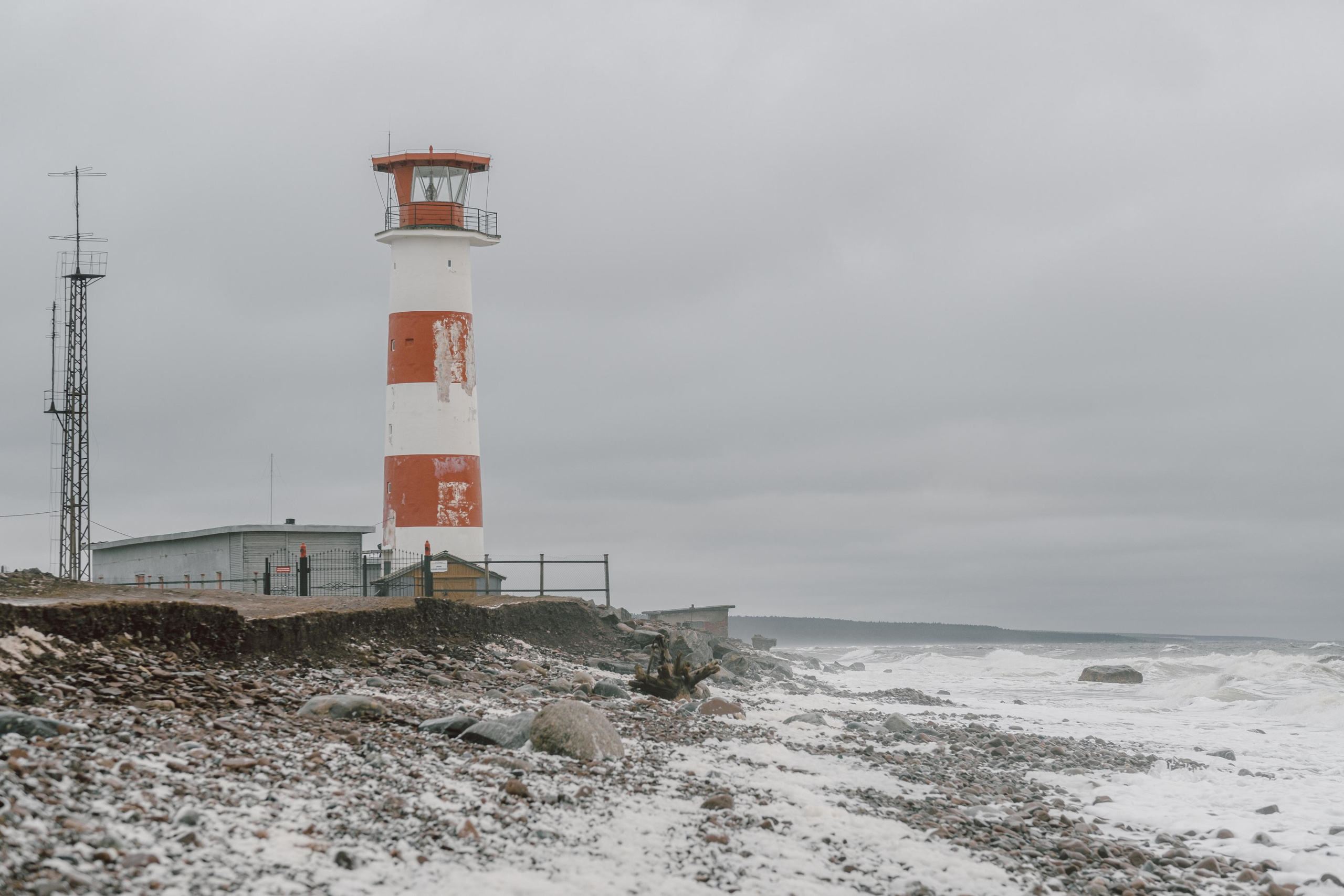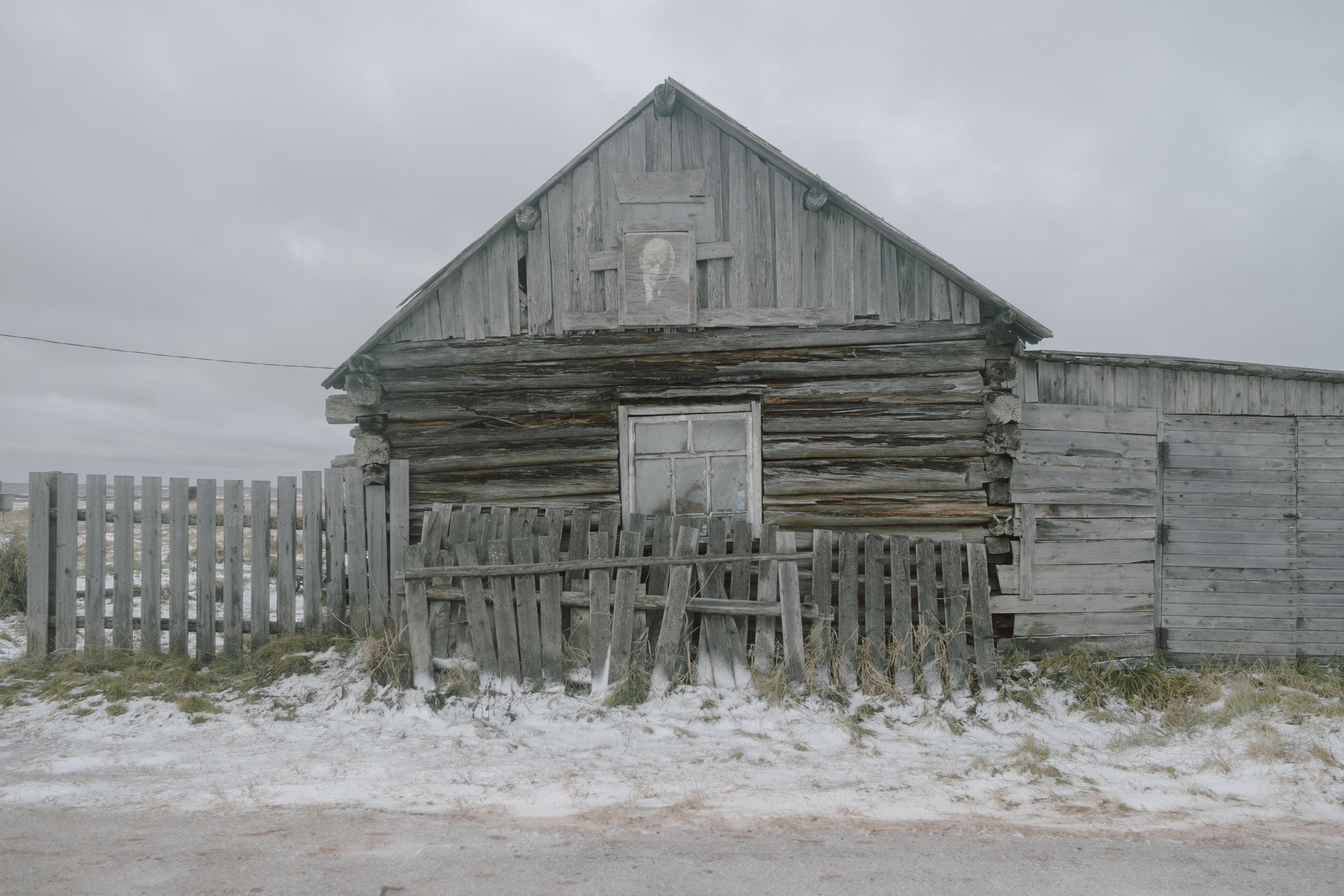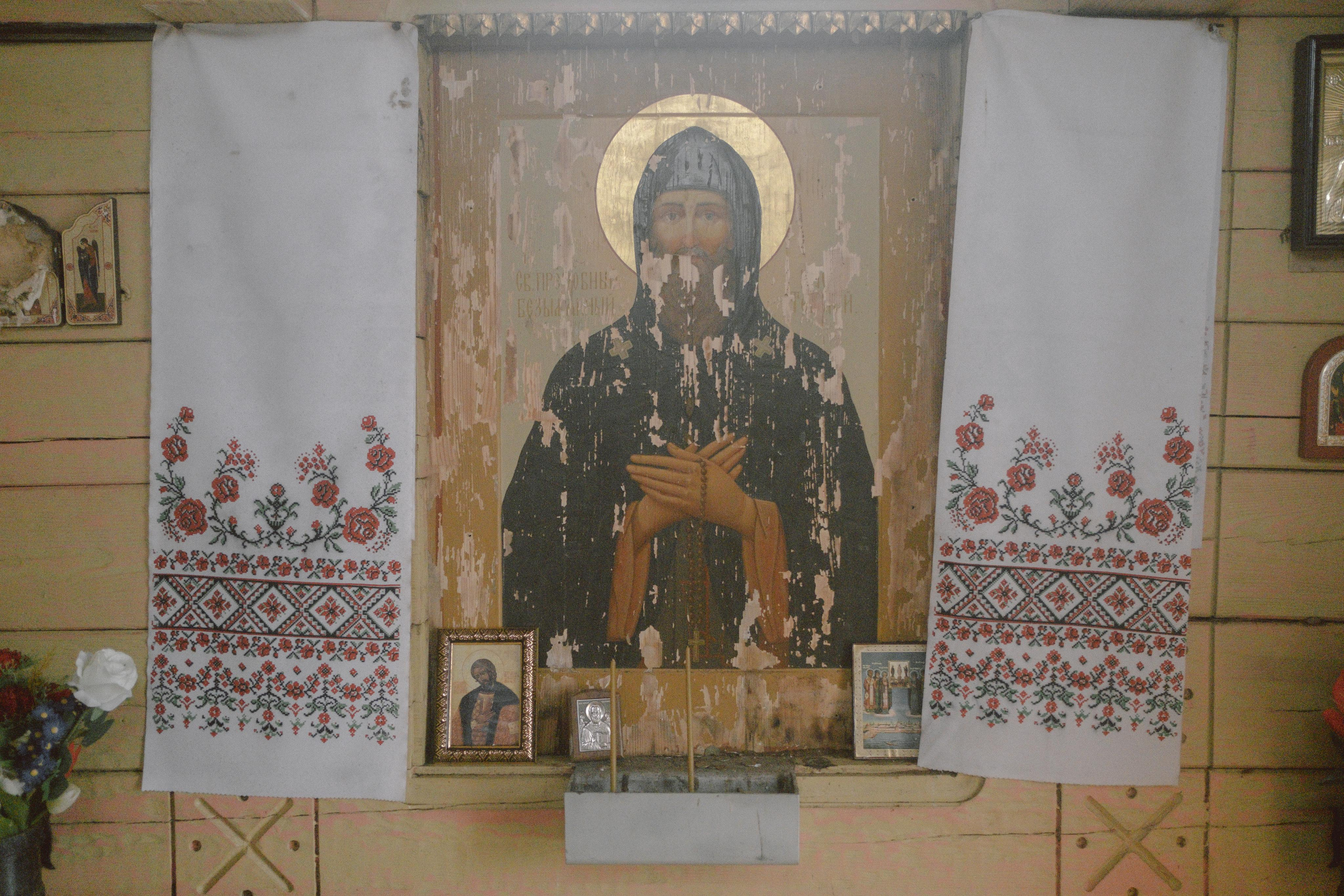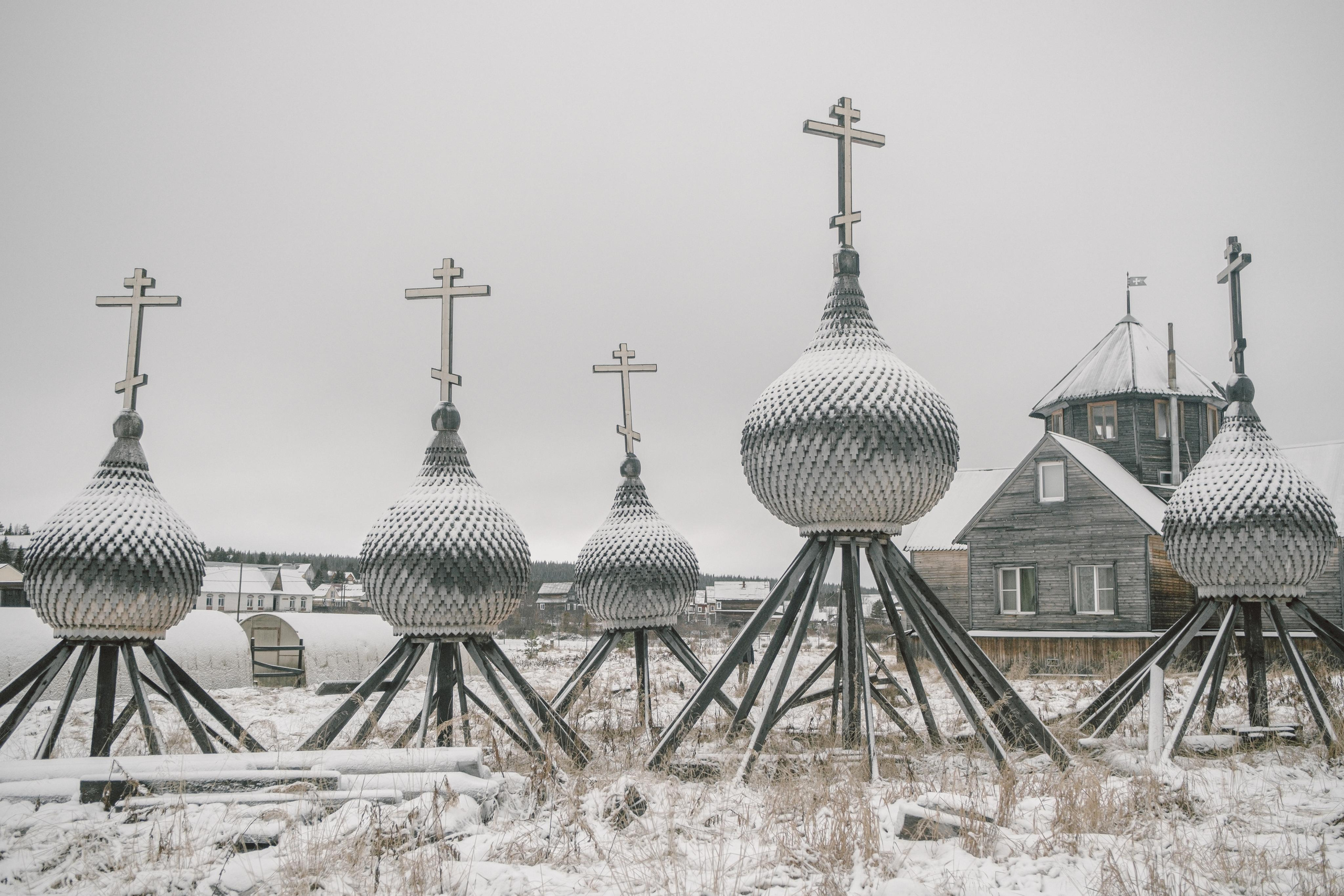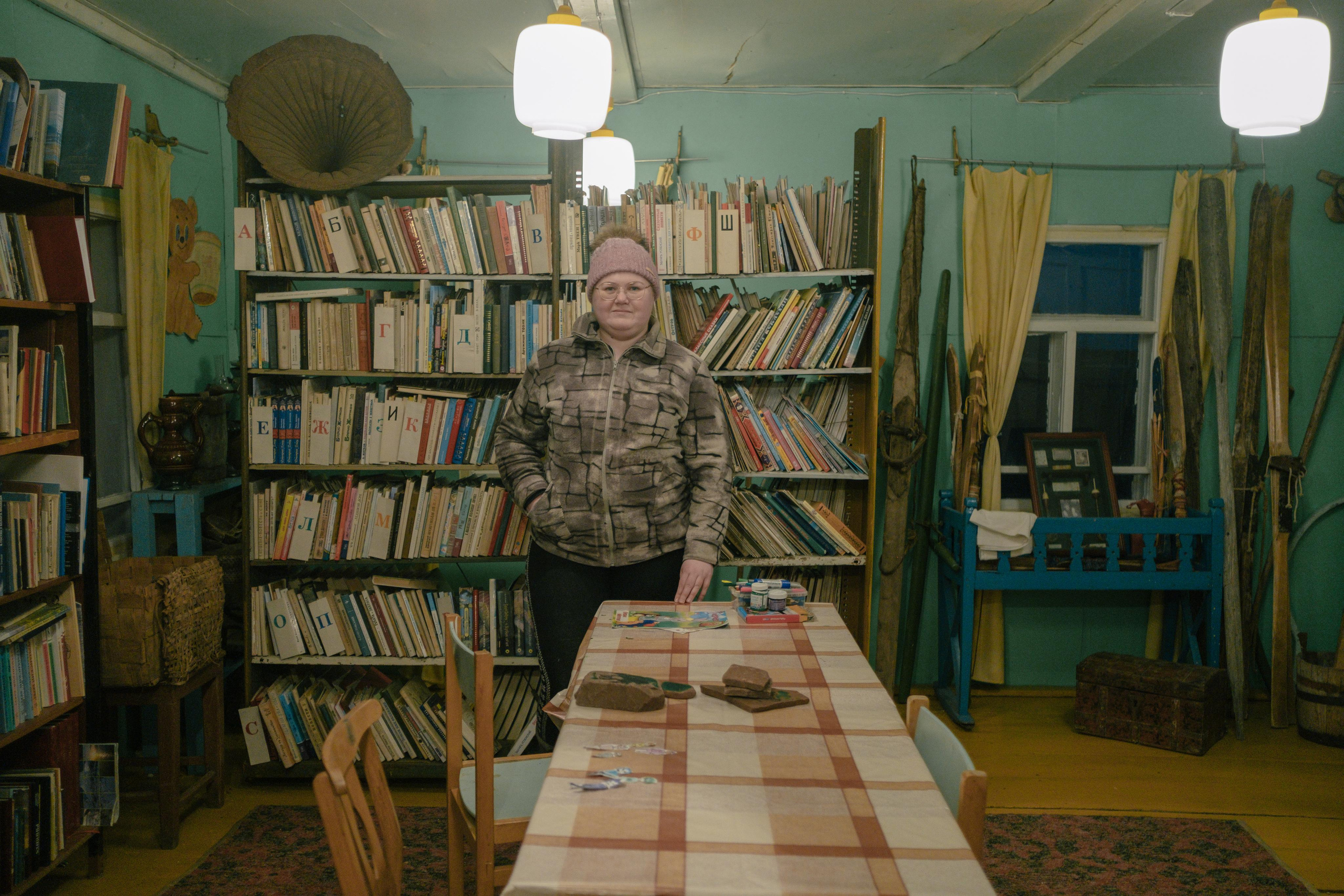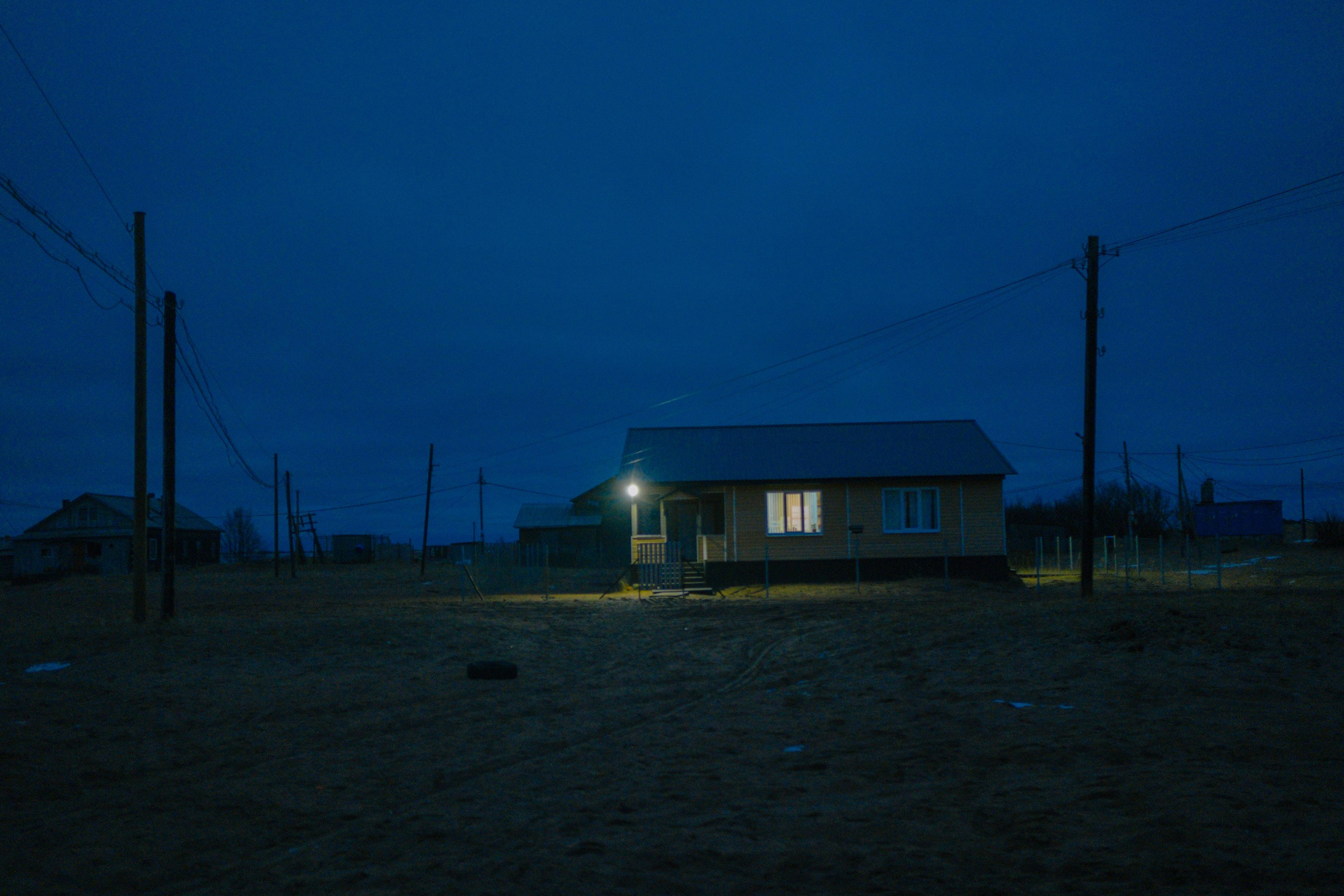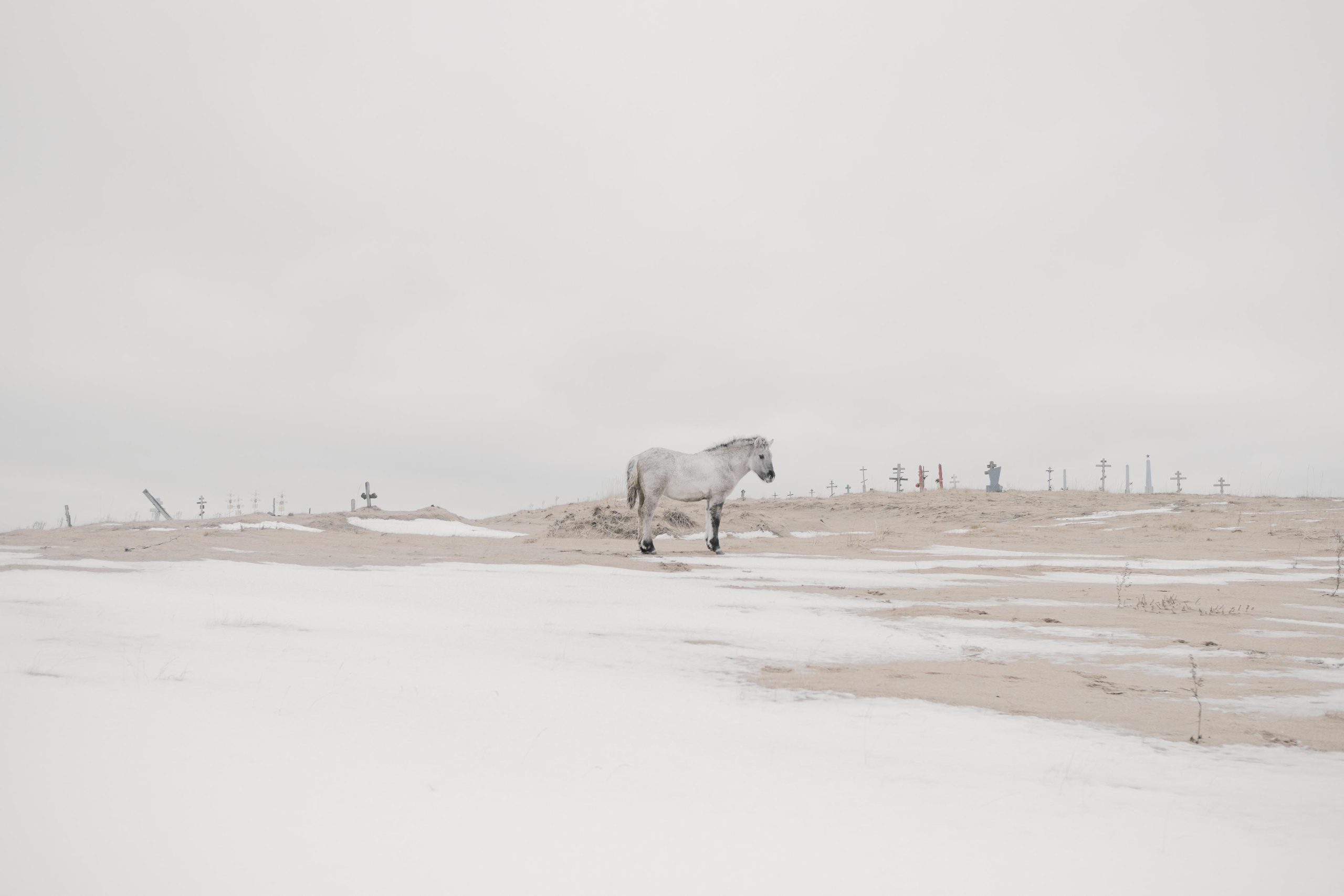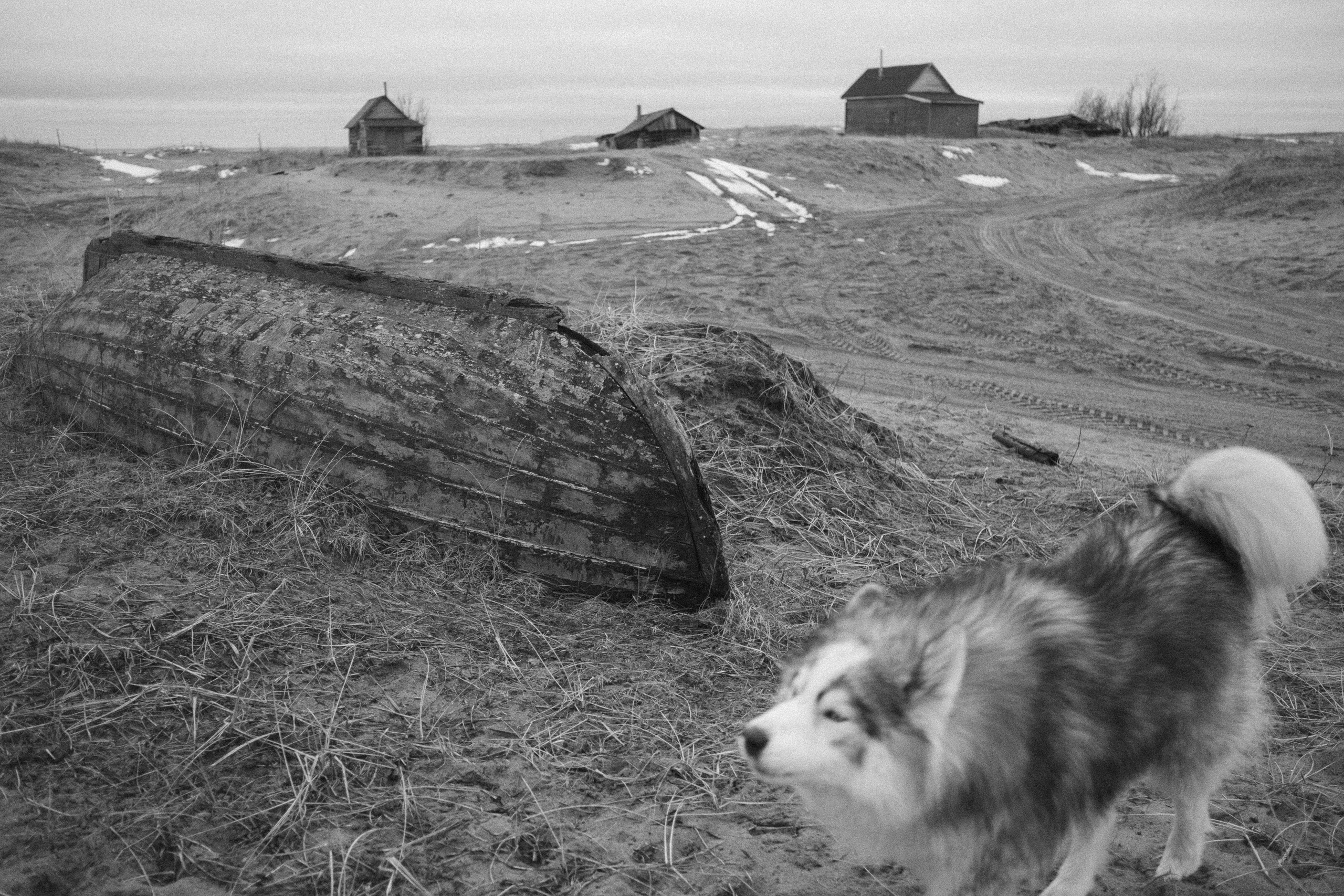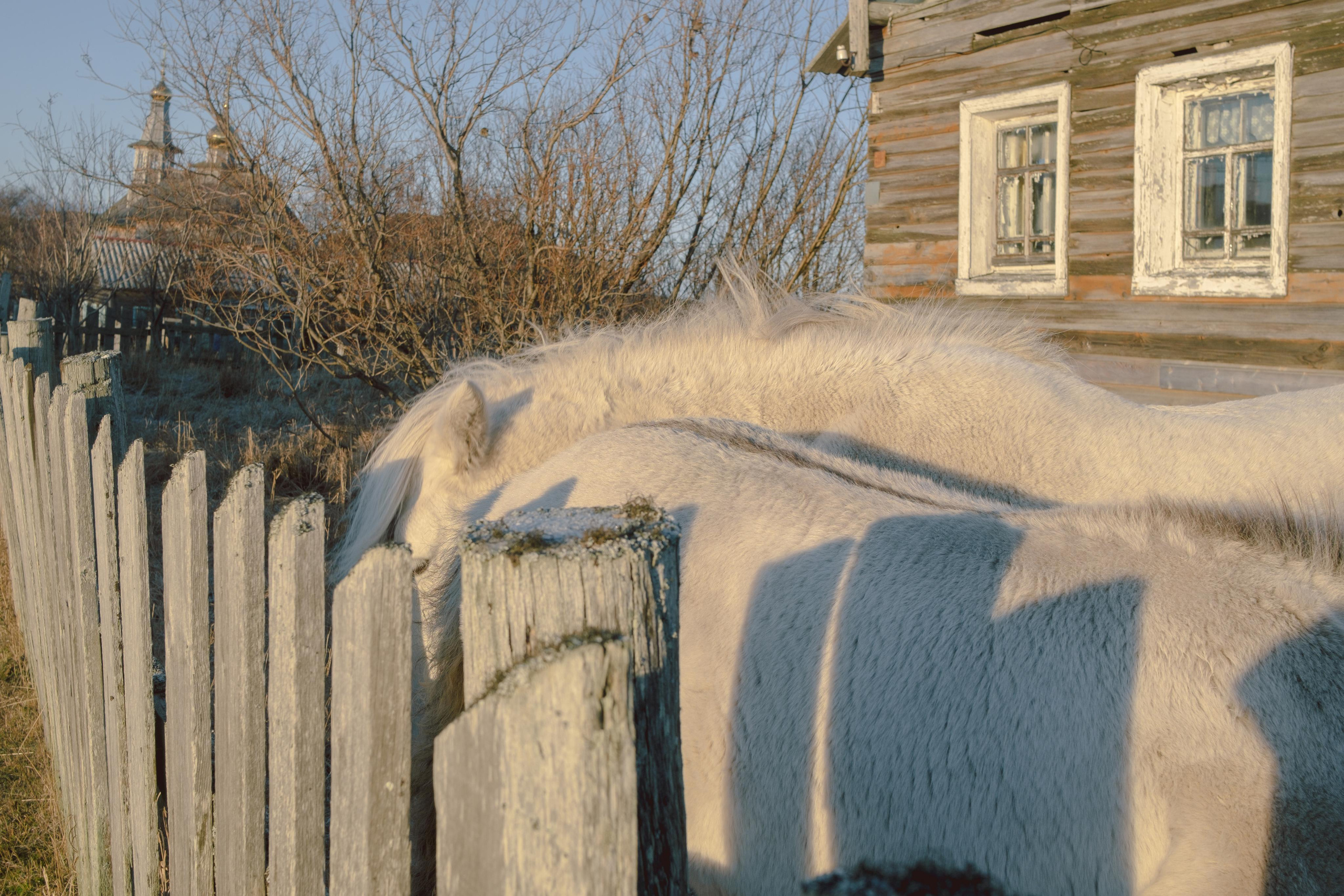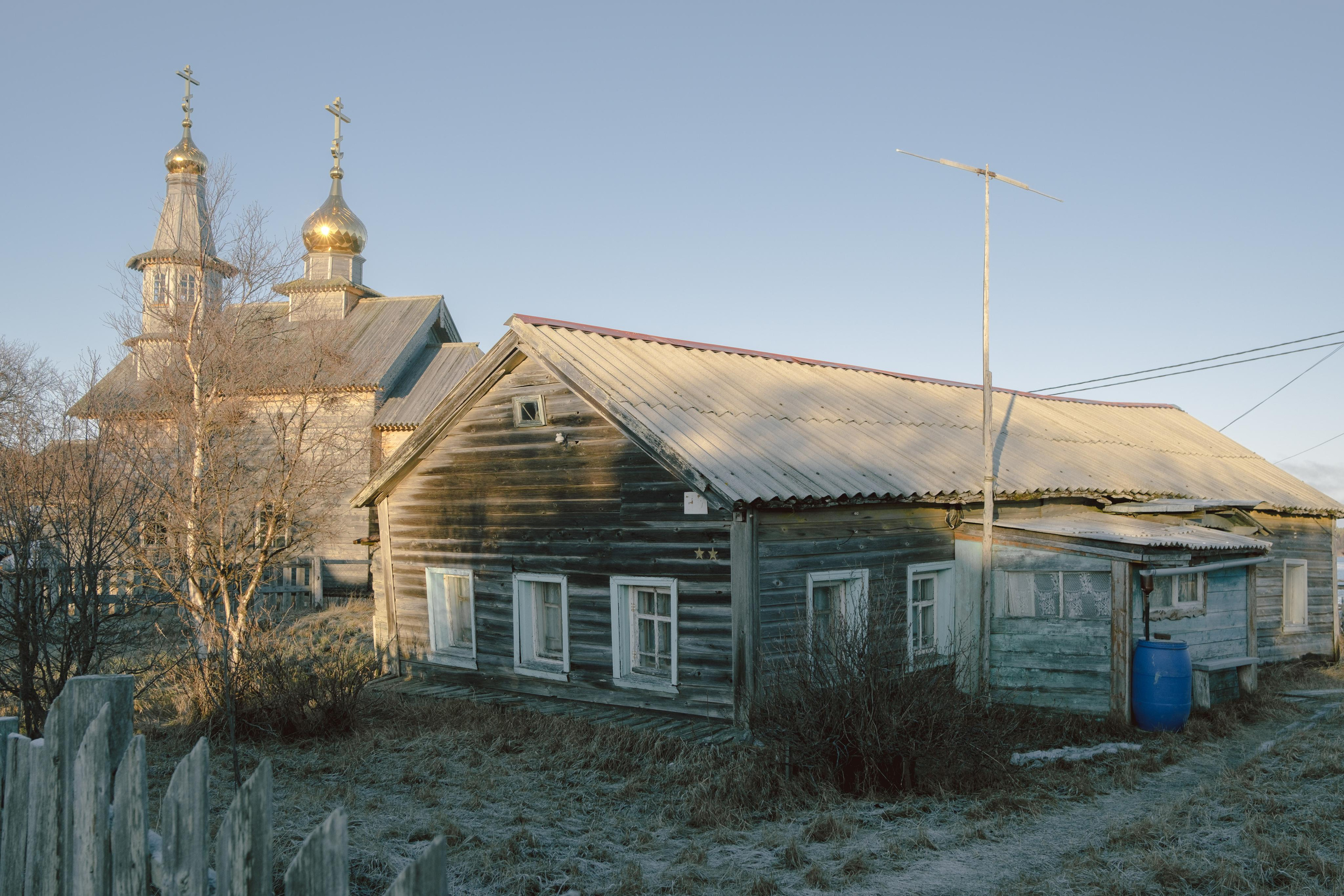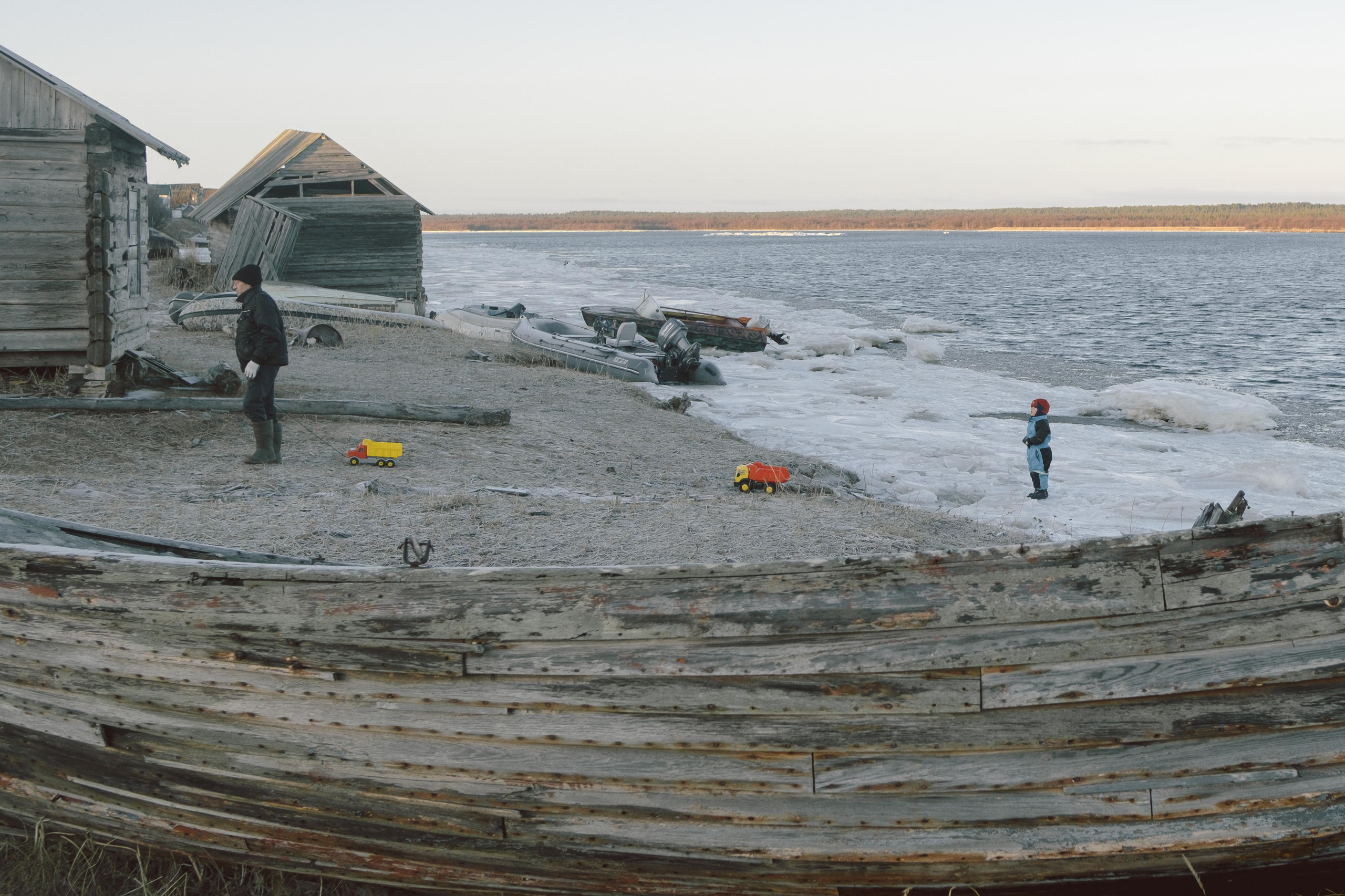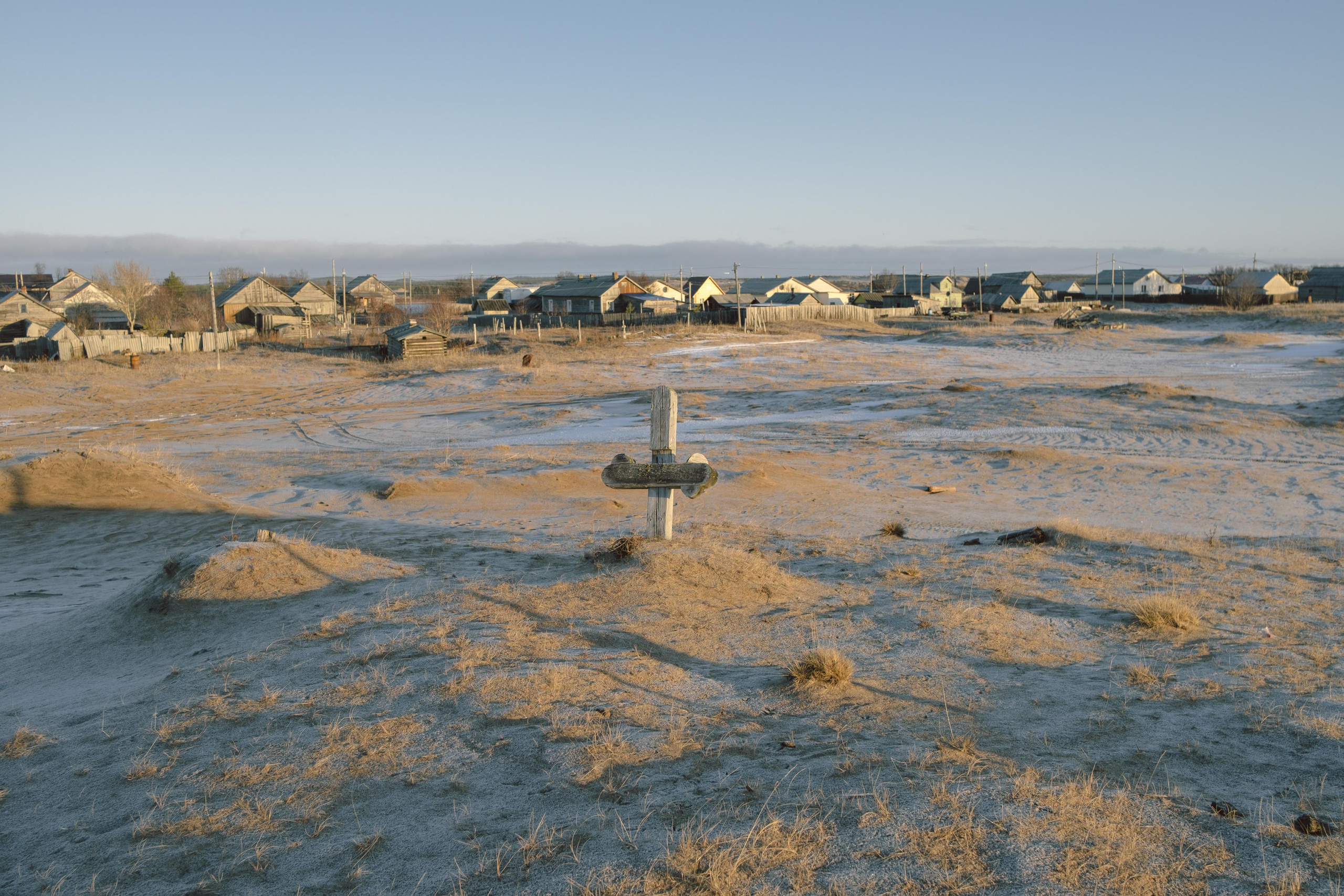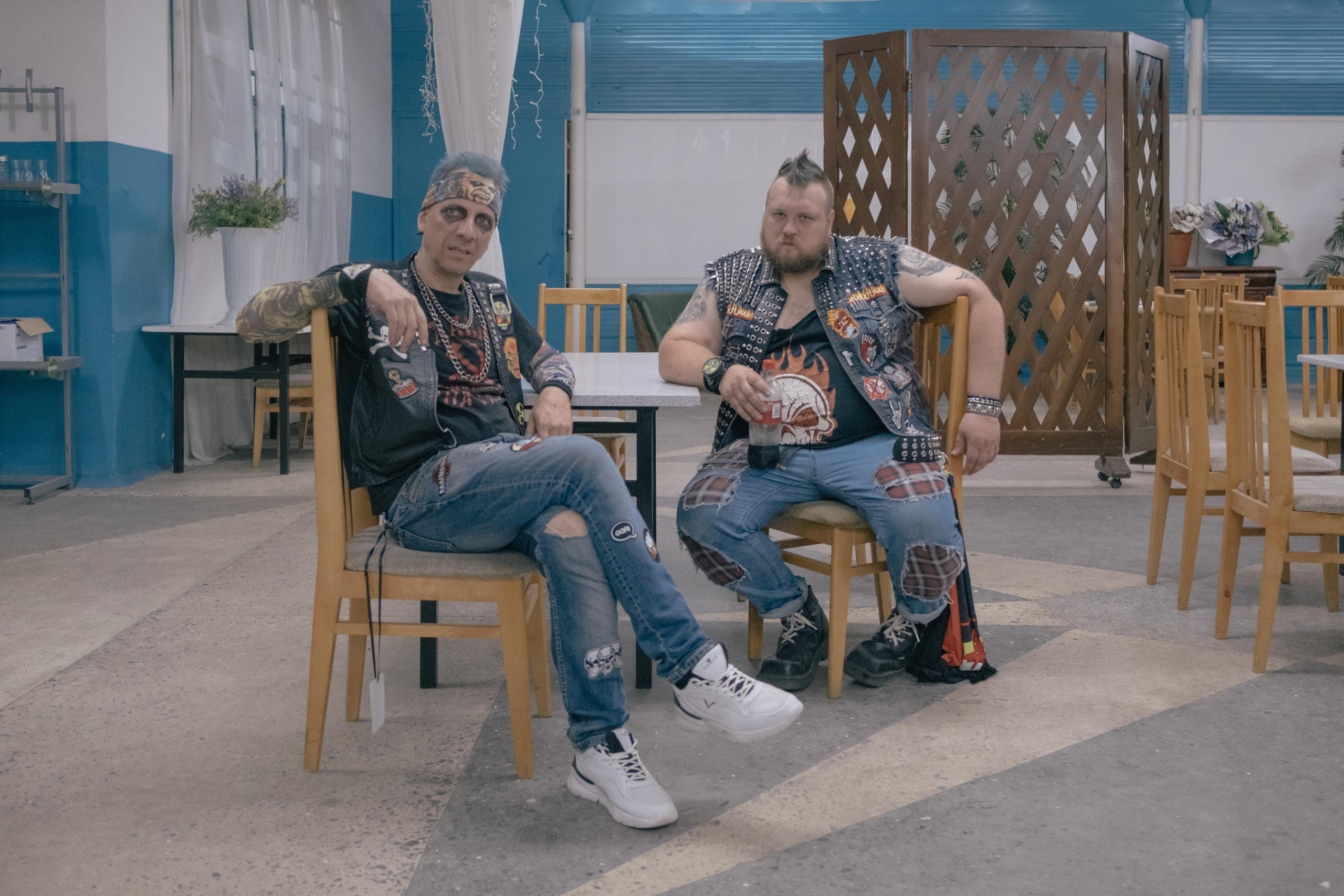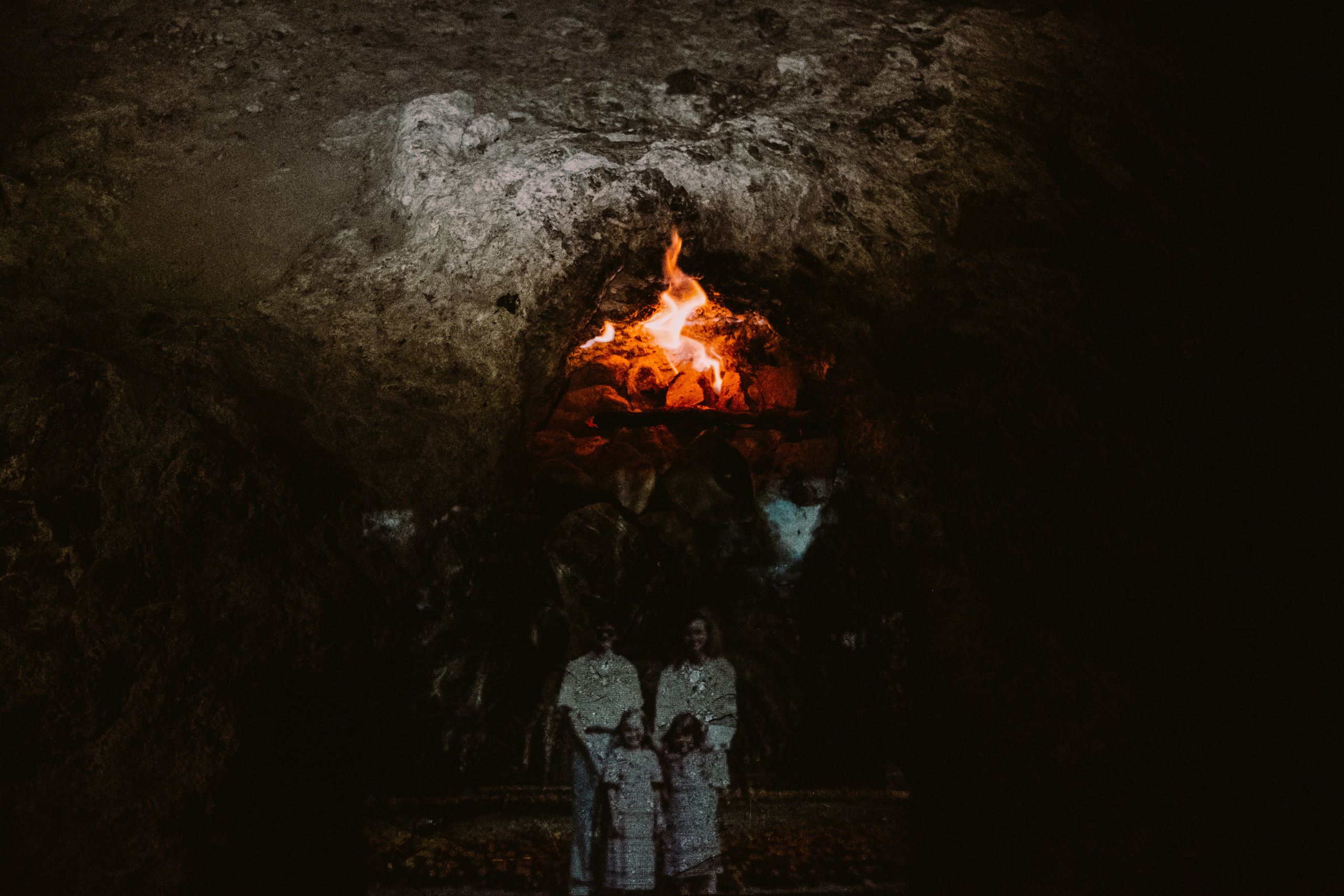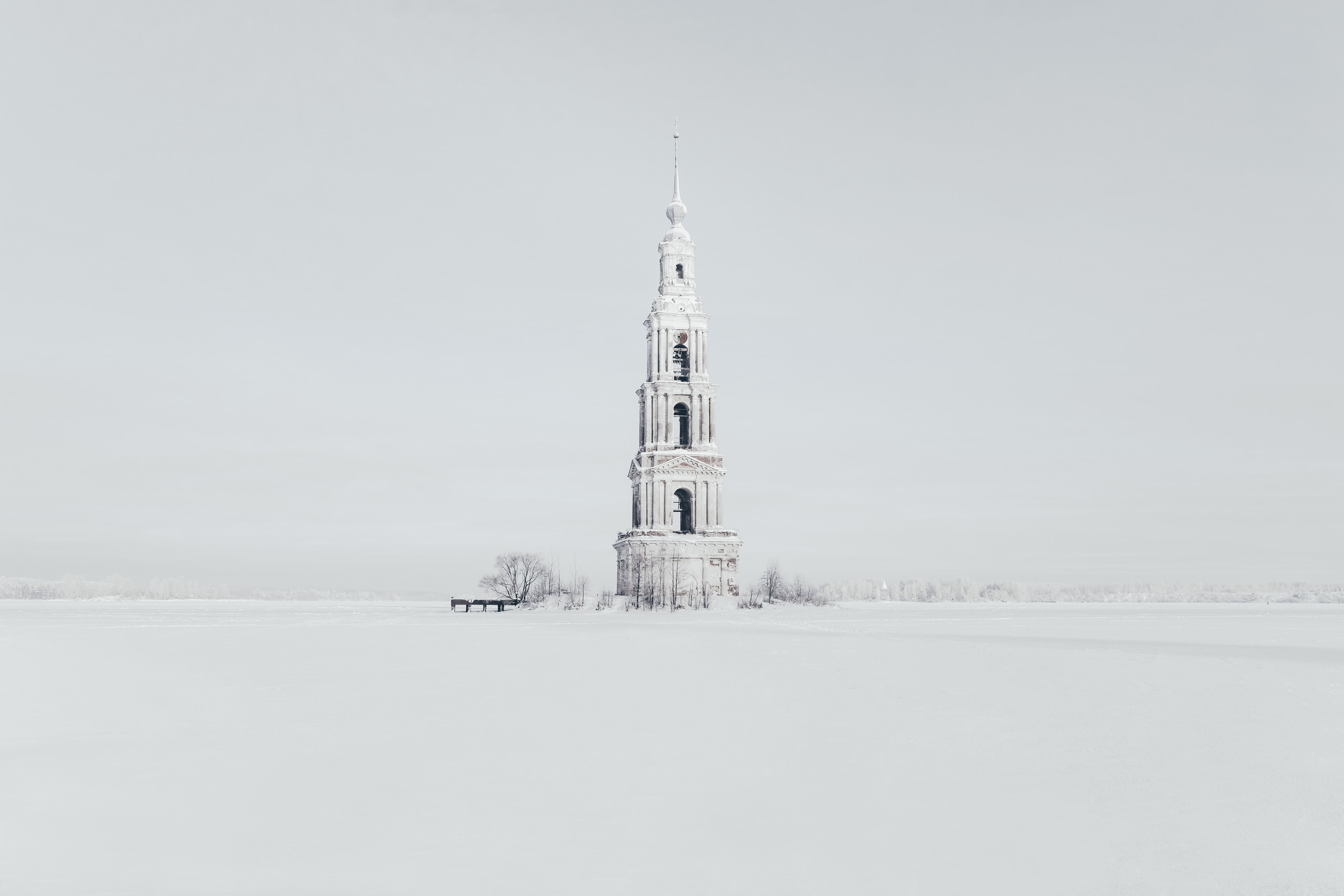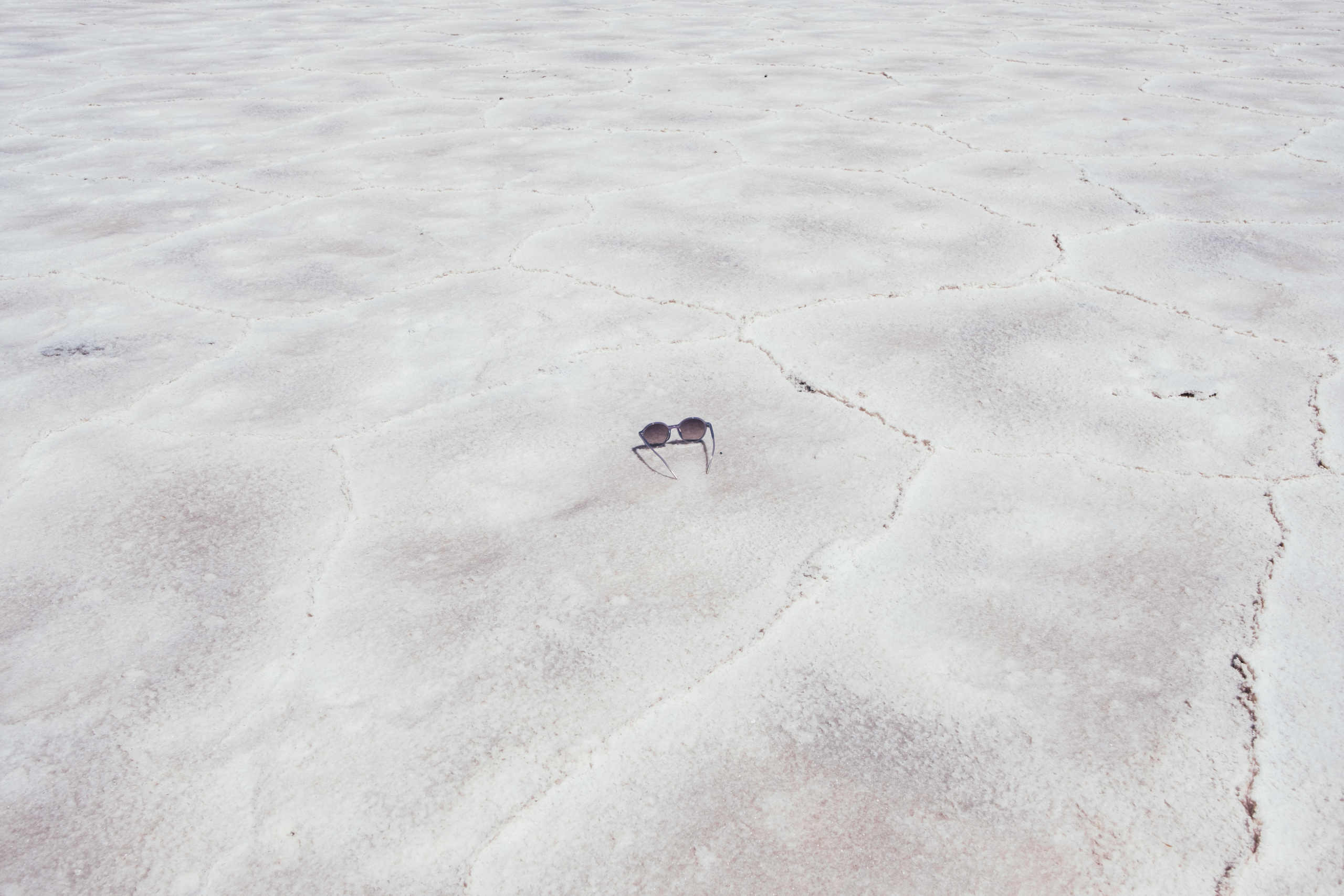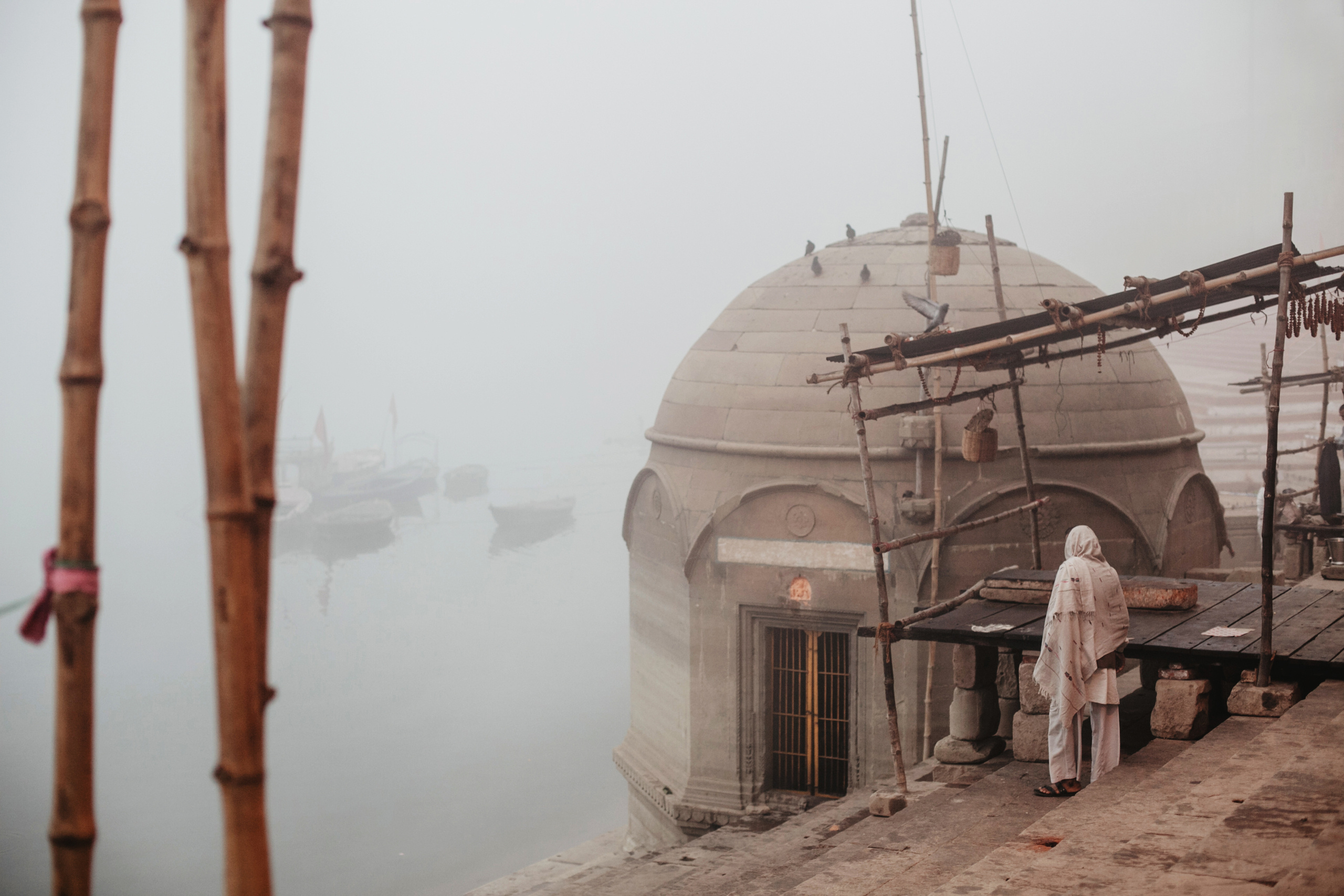Tersky coast is represented by territories and settlements of Kola Peninsula washed by the White Sea with the total length of about 500 km. The villages scattered here face a constant outflow of population, and sometimes it seems that only local dogs walk the streets. Historically the Tersky coast of the White Sea attracted so called ushkuyniks — robbers, who were outfitted under the command of Novgorod boyars — by the possibility of fur and fish trade. Settlements were formed around tonyas: special areas for fishing. Over time local settlements came under the control of Solovetsky monastery and other large monasteries of the North, whose monks set up salt production here, among other things. The people living in these territories had called themselves Pomors since the 12th century, but few locals identify themselves with this ethnographic group today (according to the 2010 census, only about 3,000 people in the Arkhangelsk and Murmansk regions). During the Soviet period, factories appeared in the settlements, but many of them exhausted their resources very quickly. The sawmill in Umba, which used to supply timber for export, closed down; according to the locals, all the timber is now thin and not suitable for export, and all the good timber was sawed out. Many towns are “sitting” on ore, but locals are worried that it will run out soon, too, and city-forming enterprises will close. As for fishing, it is not possible to make money with it as before: this is caused by the fishing quotas prescribed by law. Collective farms can legally catch fish, for example “Vshody kommunizma” in the village of Varzuga, but even they do not have enough quotas. Therefore, many settlements start to pay attention to tourism: people come here for fishing, rafting on violent rivers, and in winter, though to a lesser extent, for winter entertainment.
In the settlement of Umba the city-forming enterprise was the timber factory, which has already closed down, and also the burnt-out fishery. Now all that’s left is the milk factory and the fish-processing factory, which appeared in 2021. It was hoped in particular to reduce, if not stop, the outflow of local residents to larger cities. Nevertheless, some residents of Umba still commute to Kandalaksha, another major town by local standards 100 km from Umba, where, for example, an aluminum factory is operating. According to the locals, the kindergarten in Umba is empty and the residents are mostly engaged in service work, but there are not as many tourists as they would like, partly because of the weather conditions: most of the Tersky Coast is above the Arctic Circle, which means daylight hours are very limited during the autumn and winter months. There are disputes about what settlements are situated in the polar region and what are not: they even wanted to take polar bonus (additional pay for living and working in the polar region) from inhabitants of Kashkarantsy settlement, which is 100 km away from Umba. In any case, polar bonus is not so tangible as it used to be when inhabitants of the middle zone were aspiring to work and live in the North because of more favorable earning conditions.
There is an ethnographic open-air museum in the vicinity of Umba, Tonya Tetrina, created at the place of a real fishing tonya. Alexander, the founder of the museum, for many years collects exhibits and history of these places and willingly shares them with visitors. Together with his wife Olga and son Dmitry they greet tourists (but only until November: according to them, people do not come much at polar night), feed the moored fishermen with lunch and are angry about the strict restrictions on fishing in these places. Unlike the nearby fish farms, there are no fishing quotas here and private fishing is prohibited.
A prominent fish farm in the region is called “Vshody Kommunizma” and is located in the village of Varzuga on the bank of the river of the same name. It is engaged in the production, processing and marketing of agricultural and fish products. Here they also try to develop the sphere of recreational fishing with permits, which also apply to visitors, but mostly to residents of the Murmansk region. But wild tourism, which bypasses the permits, has led to huge volumes of poaching: there is a risk of complete disappearance of wild salmon in the region.
Many settlements on the White Sea coast are seasonal dacha settlements, like Kuzreka or Kashkarantsy. In 2010 the population of Kashkarantsy was 79 people, today, according to a local resident, 12 people permanently live here. Separately, the local lighthouse workers and their families live in about 6 houses. Their settlement has a diesel generator for uninterrupted supply of electricity, unlike the rest of the village.
The village of Kuzomen, sandwiched between the Varzuga River and the White Sea, is of greatest concern to environmentalists in this region. Due to extensive deforestation for the needs of local saltworks, overgrazing and forest fires, a giant man-made wasteland has formed here. Sand masses are not fixed and under the influence of the wind move and cover the buildings: in Kuzomen several houses and saunas were washed into the river, and at the old local cemetery the wind carries away the sand, exposing the graves. Reforestation requires a lot of effort and investment, and is proceeding slowly because, after the first phase of planting seedlings, the funding ran out. Yakut horses, once brought here for household needs and now completely neglected, roam around the village.

